Delhi, Soul of India
General Information
Common Name:-Other Name:New Delhi, GurgaonDistrict:Not AvailableState:DelhiCountry:IndiaArea:1483 Sq. Km.Language Spoken:Hindi, English, Punjabi, UrduLong Distance Code:+91-11Importance:Political Capital of India.Best Time To Visit:October to February and -International Access:Indira Gandhi International AirportDescription:
Delhi... The capital of the vast, mystic subcontinent that is India. A fine blend of old and new, ancient and modern in every stream of life is found in Delhi. History of Delhi goes back to the days of Mahabharata, when it was known as the Indraprastha. It is surprising, indeed, that since that era this city has remained the capital of the country. Delhi always ruled. Situated near the Aravali range and on the banks of the great river Yamuna, this city was the most suitable for the rulers, Tughlaq, Mughals or the British as well.Magnificent forts and edifices of the Mughal and the pre-Mughal era and the huge architectures of the Raj era have become the pride of Delhi. These structures stand in silence watching the growing hustle and bustle of the city. It has always been the seat of power and today it is fast emerging as an important center for corporate power too. The cosmopolitan nature of the city has only added to the beauty and glory of it. Big gardens, wide roads, ancient structures, and power of politics is what Delhi is all about.Location:
Situated in the Northern part of India, Delhi becomes a central point for the tourists either travelling to any of the North Indian states, from Jammu and Kashmir to Rajasthan and from Uttar Pradesh to Madhya Pradesh.Climate:
The summer season lasts from mid-March to the end of June, with average maximum and minimum temperatures of 36o C and 25o C. The monsoon season, following the hot summer, continues until the end of September, with an average rainfall of about 26 inches. The winter season extends from late November to mid-February. The coldest month is January, when both the mean maximum temperature and the mean minimum temperature are at their lowest--21o C and 7o C, respectively.
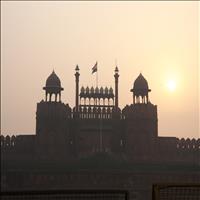 One of the most magnificent structures of Delhi, complete with red sand stone, the Red Fort, is one of the architectural marvels built by the great Mughal Emperor and architect, Shahajehan. The 400 year old ancient monument is the pride of Delhi and stands a mute witness to the historical transformations and revolutions that took place in India. The building of the Lal Qila, as it is commonly known, began in 1640 and it took around 8 years to complete the structure. The emperor decided to built this magnificent structure on the banks of Yamuna River when the capital was decided to shift from Agra to Delhi.
One of the most magnificent structures of Delhi, complete with red sand stone, the Red Fort, is one of the architectural marvels built by the great Mughal Emperor and architect, Shahajehan. The 400 year old ancient monument is the pride of Delhi and stands a mute witness to the historical transformations and revolutions that took place in India. The building of the Lal Qila, as it is commonly known, began in 1640 and it took around 8 years to complete the structure. The emperor decided to built this magnificent structure on the banks of Yamuna River when the capital was decided to shift from Agra to Delhi. Right from huge moat and the enormous gates of the fort, every piece of architecture is a marvel.
The 110 feet high walls of the fort, house a beautiful city within. The interiors are of marble with Divan - I - Aam (house of the public audience) and the Divan - I - Khas (house of the private audience). The most famous peacock throne was situated in this very fort and today it stands a reminiscent glory and royalty of the Mughals. The beautiful hamams or the bathing rooms and the equally beautiful zenana or the ladies rooms, only tell the tales of the royalty that lived within the ramparts of this massive structure. The wonderful fountains and the waterways still working in perfect condition give the architectural insight of the emperor himself. The most attractive is the beautiful Moti Masjid, built by the son of the Shahajehan, Aurangzeb. Built in Marble, the white colour gives a serene and calm atmosphere to the otherwise gigantic Fort.
The Lal Qila is one of the best preserved forts of India and also the one which has witnessed many an upheavals within. It was the centre of the political movement during the Mughal empire. The last emperor Bahadur Shah Zafar was imprisoned in this very fort by the British. The British used the forts for constructing a few buildings, for their military back up. It was on these very ramparts of this fort that the first Prime Minister of India, Jawaharlal Nehru announced the freedom of India. Till date the Prime minister of India hoists the national flag here on the Independence Day every year on the Red Fort.
The Red Fort of Delhi…indeed a pride of Delhi!
Closed On: Monday
 One of the great monuments in India and one of the finest examples of the Islamic architecture identified with Delhi is the Qutub Minar. The tallest building in India was built in the 12th century by Qtubuddin Aibak, either as a victory tower or as a simple tower beside the adjacent mosque. This is the tallest stone tower of India with the height of 72.5meters. This beautiful tower is made of red sandstone and is full of verses from the Koran inscribed on it. The carvings of beautiful creepers and flowers, the unique architecture all this make Qutub Minar one of the most perfect towers in the world and was once the axis of the imperial city of Delhi. In the vicinity of this ancient structure are the mosque and the most famous Iron pillar. This mysterious pillar bears the inscription from the Gupta period but has withstood the rain, the wind and the sun, without any rust on it.
One of the great monuments in India and one of the finest examples of the Islamic architecture identified with Delhi is the Qutub Minar. The tallest building in India was built in the 12th century by Qtubuddin Aibak, either as a victory tower or as a simple tower beside the adjacent mosque. This is the tallest stone tower of India with the height of 72.5meters. This beautiful tower is made of red sandstone and is full of verses from the Koran inscribed on it. The carvings of beautiful creepers and flowers, the unique architecture all this make Qutub Minar one of the most perfect towers in the world and was once the axis of the imperial city of Delhi. In the vicinity of this ancient structure are the mosque and the most famous Iron pillar. This mysterious pillar bears the inscription from the Gupta period but has withstood the rain, the wind and the sun, without any rust on it.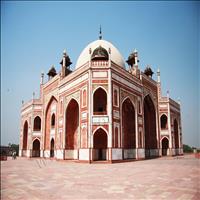 The tomb of the father of Akbar the great, Humayun, is supposed to be first Indo _ Islamic buildings of India. This beautiful structure is also known as the inspiration for the Taj Mahal, one of the Seven Wonders of the World. Built by the widow of Humayun and one of stepmothers of Akbar, Hajji Begum in the 16th century, this red sand stone structure has Humayun's soul resting in peace. The perfect symmetrical structure offers a marvelous view of the well-laid gardens and the fountains
The tomb of the father of Akbar the great, Humayun, is supposed to be first Indo _ Islamic buildings of India. This beautiful structure is also known as the inspiration for the Taj Mahal, one of the Seven Wonders of the World. Built by the widow of Humayun and one of stepmothers of Akbar, Hajji Begum in the 16th century, this red sand stone structure has Humayun's soul resting in peace. The perfect symmetrical structure offers a marvelous view of the well-laid gardens and the fountains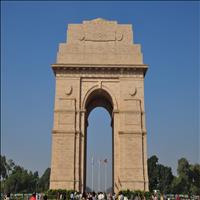 One of the most important structures of the New Delhi or the Lutyen's Delhi with a clear British impression is the India Gate and its surroundings.
One of the most important structures of the New Delhi or the Lutyen's Delhi with a clear British impression is the India Gate and its surroundings. India Gate is the enormous arch built in the memory of the innumerous soldiers who attained martyrdom during the First World War. The gate is 160 feet high with an arch of 138 feet. The arch also houses the Eternal Flame, a gesture in memory of the Indian soldiers who laid their lives in the 1971 war with Pakistan.
The President's House or the Rashtapati Bhawan standing in symmetry with the India Gate on the Raisina Hills is the magnificent structure that denotes the Raj days and the beginning of Lutyen's Delhi. Earlier built as the residence of the Viceroy of India, when the British shifted their capital from Kolkata to Delhi, it is presently the official residence of the President of India. The road leading to the President's House starts from the India Gate and is called as the Raj Path. On both the sides of the Raj Path are the official buildings of the dignitaris in the Indian Government.
Another structure the British built during the same time, is the Parliament house or the Sansad Bhawan. The Parliament house has all the constructive geometric qualities with 144 pillars and small attic storeys. It is the official meeting hall of both the houses in the Indian Government.
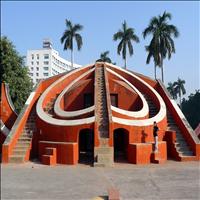 Delhi being an old city had innumerous monuments and buildings of architectural and archaeological importance. Many small and big tombs dot the city along with beautiful gardens and museums.
Delhi being an old city had innumerous monuments and buildings of architectural and archaeological importance. Many small and big tombs dot the city along with beautiful gardens and museums. Some of the other important monuments of the city are: Old Fort, the Tughalakabad fort, the Safdurjung Tomb, the Jantar Mantar and many more.
The city is also full of beautiful spiritual places like the vast Lakshmi Narayan temple or the magnificent Jama Masjid, the beautiful Lotus temple or the Hare Rama Hare Krishna temple. The city has many important political figures' souls resting in peace like the Raj Ghat of Mahatma Gandhi, Shanti Van of Jawaharlal Nehru, Shakti sthal of Indira Gandhi and many others.
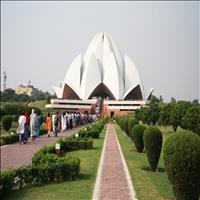 A Bahá'í House of Worship, sometimes referred to by the name of mašriqu-l-'aḏkār (مشرق اﻻذكار, Arabic phrase meaning "Dawning-place of the remembrances of God"), is the designation of a place of worship, or temple, of the Bahá'í Faith. The teachings of the religion envisage Houses of Worship being surrounded by a number of dependencies dedicated to social, humanitarian, educational, and scientific pursuits, although none has yet been built to such an extent.
A Bahá'í House of Worship, sometimes referred to by the name of mašriqu-l-'aḏkār (مشرق اﻻذكار, Arabic phrase meaning "Dawning-place of the remembrances of God"), is the designation of a place of worship, or temple, of the Bahá'í Faith. The teachings of the religion envisage Houses of Worship being surrounded by a number of dependencies dedicated to social, humanitarian, educational, and scientific pursuits, although none has yet been built to such an extent.Closed On: Monday
Timings: 9:00 am – 7:00 pm
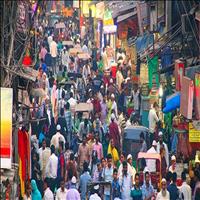 The Chandni Chowk (Moonlight Square) is one of the oldest and busiest markets in Old Delhi, India. Chandni Chowk is located close to Old Delhi Railway Station. The Red Fort monument is located within the market. It was built in the 17th century by Mughal Emperor of India Shah Jahan and designed by his daughter Jahanara. The market was once divided by canals (now closed) to reflect moonlight and remains one of India's largest wholesale markets.
The market's history dates to the founding of the capital city of Shahjahanabad when Emperor Shah Jahan established the Red Fort on the banks of the Yamuna River beside his new capital.
Chandni Chowk also famous for foodies. if you want to taste local food of delhi, have to visit Chandani Chowk. Delicacy food is Babu Ram Paranthe wala, Old Famous Jalebi wala, Kuremal ki Kulfi, Natraj Dahi Bhalla and many more....
The Chandni Chowk (Moonlight Square) is one of the oldest and busiest markets in Old Delhi, India. Chandni Chowk is located close to Old Delhi Railway Station. The Red Fort monument is located within the market. It was built in the 17th century by Mughal Emperor of India Shah Jahan and designed by his daughter Jahanara. The market was once divided by canals (now closed) to reflect moonlight and remains one of India's largest wholesale markets.
The market's history dates to the founding of the capital city of Shahjahanabad when Emperor Shah Jahan established the Red Fort on the banks of the Yamuna River beside his new capital.
Chandni Chowk also famous for foodies. if you want to taste local food of delhi, have to visit Chandani Chowk. Delicacy food is Babu Ram Paranthe wala, Old Famous Jalebi wala, Kuremal ki Kulfi, Natraj Dahi Bhalla and many more....Closed On: Sunday
Timings: 10 AM to 9PM
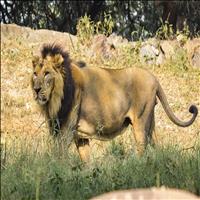 The Indian Board for Wildlife felt in the year 1952 to have a zoo in the national capital of the country to provide recreation to people at large. Accordingly, an ad-hoc committee of some prominent nature lovers of Delhi, including Smt. Indira Gandhi, was constituted under the Chairmanship of Chief Commissioner to formulate a proposal for establishment of Zoological Park for Delhi. Mr M.E.F.Bowring Welsh, of the Society for Prevention of Cruelty to Animals, was appointed as its Secretary. The committee met on 9th September, 1953 and approved the site between Purana Quila and Humayun's Tomb for the purpose. It was also decided that the Central Government will develop the park and hand it over in running condition to the Delhi Government since wildlife was managed by Forest Department of the Delhi Government. An official from Indian Forest Service Mr. N.D.Bachkheti was assigned the duty on 1st October 1955 to setup this Zoo.
Major Weinmann, Director of the Ceylon Zoological Garden, Colombo was invited to help draw a co-ordinated plan for development of the Park. He submitted a report alongwith a preliminary plan. As he was not available for continued consultations, it was decided to procure the services of Mr Carl Hagenbeck, owner of the famous Animal Park at Hamburg, West Germany, who gave the idea of open moat enclosures.
He presented a preliminary report in March 1956 and provided a general layout plan of waterways, roads & paths, animal enclosures and sewage system. The plans were amended in the light of Ceylon Zoological Garden local conditions and topography of the ground. The Government of India approved this amended plan on 31st December, 1956.
By the end of 1959, construction had sufficiently advanced. The roads, waterways, moats, ponds and animal houses had been constructed over the Northern half of the area, lawns laid and plantation done. With the announcement of establishment of a Zoological Park at Delhi, gifts of animals started coming from State Government and individuals. They were kept in temporary enclosures around Azimganj Sarai, an enclosed square courtyard built for temporary halt for travellers during the Mughal days. The collection comprising of Tigers, Leopards, Bears, Foxes, Monkeys, Deer, Antelope and many birds were finally transferred to their permanent enclosures. The Park was formally inaugurated on 1st November, 1959 by Mr Punjab Rao Deshmukh, Hon'ble Minister of the Government of India. This Park was initially known as Delhi Zoo. In the year 1982 it was given the status of the National Zoological Park with the idea of it being the model zoo of the country.
Here at the National Zoological Park, birds and animals live in an environment that in many ways resemble their natural habitat. The National Zoological Park not only provides a home for endangered species, but also helps them to breed in captivity. Eventually they may once again thrive in the wild.
The Indian Board for Wildlife felt in the year 1952 to have a zoo in the national capital of the country to provide recreation to people at large. Accordingly, an ad-hoc committee of some prominent nature lovers of Delhi, including Smt. Indira Gandhi, was constituted under the Chairmanship of Chief Commissioner to formulate a proposal for establishment of Zoological Park for Delhi. Mr M.E.F.Bowring Welsh, of the Society for Prevention of Cruelty to Animals, was appointed as its Secretary. The committee met on 9th September, 1953 and approved the site between Purana Quila and Humayun's Tomb for the purpose. It was also decided that the Central Government will develop the park and hand it over in running condition to the Delhi Government since wildlife was managed by Forest Department of the Delhi Government. An official from Indian Forest Service Mr. N.D.Bachkheti was assigned the duty on 1st October 1955 to setup this Zoo.
Major Weinmann, Director of the Ceylon Zoological Garden, Colombo was invited to help draw a co-ordinated plan for development of the Park. He submitted a report alongwith a preliminary plan. As he was not available for continued consultations, it was decided to procure the services of Mr Carl Hagenbeck, owner of the famous Animal Park at Hamburg, West Germany, who gave the idea of open moat enclosures.
He presented a preliminary report in March 1956 and provided a general layout plan of waterways, roads & paths, animal enclosures and sewage system. The plans were amended in the light of Ceylon Zoological Garden local conditions and topography of the ground. The Government of India approved this amended plan on 31st December, 1956.
By the end of 1959, construction had sufficiently advanced. The roads, waterways, moats, ponds and animal houses had been constructed over the Northern half of the area, lawns laid and plantation done. With the announcement of establishment of a Zoological Park at Delhi, gifts of animals started coming from State Government and individuals. They were kept in temporary enclosures around Azimganj Sarai, an enclosed square courtyard built for temporary halt for travellers during the Mughal days. The collection comprising of Tigers, Leopards, Bears, Foxes, Monkeys, Deer, Antelope and many birds were finally transferred to their permanent enclosures. The Park was formally inaugurated on 1st November, 1959 by Mr Punjab Rao Deshmukh, Hon'ble Minister of the Government of India. This Park was initially known as Delhi Zoo. In the year 1982 it was given the status of the National Zoological Park with the idea of it being the model zoo of the country.
Here at the National Zoological Park, birds and animals live in an environment that in many ways resemble their natural habitat. The National Zoological Park not only provides a home for endangered species, but also helps them to breed in captivity. Eventually they may once again thrive in the wild.Closed On: Friday
Timings: 9 am to 4:30 pm
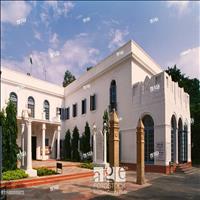 Gandhi Smriti formerly known as Birla House or Birla Bhavan, is a museum dedicated to Mahatma Gandhi, situated on Tees January Road, formerly Albuquerque Road, in New Delhi, India. It is the location where Mahatma Gandhi spent the last 144 days of his life and was assassinated on 30 January 1948. It was originally the house of the Indian business tycoons, the Birla family. It is now also home to the Eternal Gandhi Multimedia Museum.
The museum in the building houses a number of articles associated with Gandhi's life and death. Visitors can tour the building and grounds, viewing the preserved room where Gandhi lived and the place on the grounds where he was shot while holding his nightly public walk. Gandhi was shot during his prayers at the place where Martyr's Column now stands.
The Martyr's Column now marks the place where Gandhi, the "Father of the Nation" was assassinated.
Gandhi Smriti formerly known as Birla House or Birla Bhavan, is a museum dedicated to Mahatma Gandhi, situated on Tees January Road, formerly Albuquerque Road, in New Delhi, India. It is the location where Mahatma Gandhi spent the last 144 days of his life and was assassinated on 30 January 1948. It was originally the house of the Indian business tycoons, the Birla family. It is now also home to the Eternal Gandhi Multimedia Museum.
The museum in the building houses a number of articles associated with Gandhi's life and death. Visitors can tour the building and grounds, viewing the preserved room where Gandhi lived and the place on the grounds where he was shot while holding his nightly public walk. Gandhi was shot during his prayers at the place where Martyr's Column now stands.
The Martyr's Column now marks the place where Gandhi, the "Father of the Nation" was assassinated.Timings: 0900 - 1730 hrs
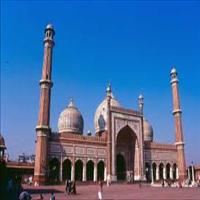 The internationally acclaimed, magnificent, Jama Masjid Delhi originally named Masjid Jahan Numa, was built by Shahjahan (Mercy be upon him), the Fifth Mughal Emperor of India. Shahjahan himself laid its foundation stone on the strong basements of a hillock on Friday the 6th of October 1650 AD corresponding to 10th of Shawwal 1060 AH.Top experts in the field of construction, best chiselers, sculptors, engineers, best calligraphers and eminent artisans of the world assisted by six thousand labourers took part in the construction of the magnificent Jama Masjid. They dedicatedly worked for six continuous years. The Jama Masjid got ready in the year 1656 AD (1066 AH).
The internationally acclaimed, magnificent, Jama Masjid Delhi originally named Masjid Jahan Numa, was built by Shahjahan (Mercy be upon him), the Fifth Mughal Emperor of India. Shahjahan himself laid its foundation stone on the strong basements of a hillock on Friday the 6th of October 1650 AD corresponding to 10th of Shawwal 1060 AH.Top experts in the field of construction, best chiselers, sculptors, engineers, best calligraphers and eminent artisans of the world assisted by six thousand labourers took part in the construction of the magnificent Jama Masjid. They dedicatedly worked for six continuous years. The Jama Masjid got ready in the year 1656 AD (1066 AH).Timings: 24 hours. Prayer time may vary depending on month of the year
Remarks: Wear conservative clothing.
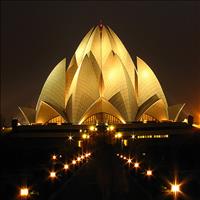 It is a very recent architectural marvel of the Bahai faith, located in Kalkaji, south of Delhi. Shaped like a half opened Lotus flower, this temple is made of marble, cement, dolomite and sand. It is open to all faiths and is an ideal place for meditation and obtaining peace and tranquility. Bahai’s Temple is a marvel of modern architecture, which is visible from several spots in south Delhi. The lotus flower signifies purity and peace, a representation of the Manifestation of God, to the people of India. This ancient symbol has been given a modern and contemporary form in the structure of the Bahai House of Worship drawing into its sanctum sanctorum people from all races, religious backgrounds and culture from around the globe. It represents the Bahai faith, - an independent world religion; divine in origin, all acceptance in scope, broad in its outlook, scientific in its method, humanitarian in its principles, and dynamic in the influence.This "House of Worship of the Indian subcontinent" joins six other Bahá'í temples around the world. Each of these Houses of Worship, while sharing some basic design concepts, has its own distinct cultural identity embodying the principle of unity in diversity. The lotus, the national flower of India, is a recurring symbol in the religious architecture of the Indian subcontinent. This ancient symbol has been given a modern and contemporary form in the structure of the Bahá'í House of Worship drawing into its sanctum sanctorum people from all races, religious backgrounds and culture from around the globe.To the people of India the lotus flower signifies purity and peace, a representation of the Manifestation of God. Rising pure and unsullied above stagnant, muddy waters, the Indians have seen this flower as worthy of emulation, teaching them to be detached from material preoccupations. It is because this flower is so revered in Indian mythology and cultures that its translation into the design of a temple has caught the attention of the people at large.The structure of the House of Worship is composed of three ranks of nine petals; each springing from a podium which elevates the building above the surrounding plain. The first two ranks curve inward, embracing the inner dome; the third layer curves outward to form canopies over the nine entrances. The petals, constructed of reinforced white concrete cast in place, are clad in white marble panels, performed to surface profiles and patterns related to the geometry. The double-layered interior dome, modeled on the innermost portion of the lotus, is comprised of 54 ribs with concrete shells between. Nine arches that provide the main support for the superstructure ring the central hall. Nine reflecting pools surround the building on the outside, their form suggesting the green leaves of the lotus flower.
It is a very recent architectural marvel of the Bahai faith, located in Kalkaji, south of Delhi. Shaped like a half opened Lotus flower, this temple is made of marble, cement, dolomite and sand. It is open to all faiths and is an ideal place for meditation and obtaining peace and tranquility. Bahai’s Temple is a marvel of modern architecture, which is visible from several spots in south Delhi. The lotus flower signifies purity and peace, a representation of the Manifestation of God, to the people of India. This ancient symbol has been given a modern and contemporary form in the structure of the Bahai House of Worship drawing into its sanctum sanctorum people from all races, religious backgrounds and culture from around the globe. It represents the Bahai faith, - an independent world religion; divine in origin, all acceptance in scope, broad in its outlook, scientific in its method, humanitarian in its principles, and dynamic in the influence.This "House of Worship of the Indian subcontinent" joins six other Bahá'í temples around the world. Each of these Houses of Worship, while sharing some basic design concepts, has its own distinct cultural identity embodying the principle of unity in diversity. The lotus, the national flower of India, is a recurring symbol in the religious architecture of the Indian subcontinent. This ancient symbol has been given a modern and contemporary form in the structure of the Bahá'í House of Worship drawing into its sanctum sanctorum people from all races, religious backgrounds and culture from around the globe.To the people of India the lotus flower signifies purity and peace, a representation of the Manifestation of God. Rising pure and unsullied above stagnant, muddy waters, the Indians have seen this flower as worthy of emulation, teaching them to be detached from material preoccupations. It is because this flower is so revered in Indian mythology and cultures that its translation into the design of a temple has caught the attention of the people at large.The structure of the House of Worship is composed of three ranks of nine petals; each springing from a podium which elevates the building above the surrounding plain. The first two ranks curve inward, embracing the inner dome; the third layer curves outward to form canopies over the nine entrances. The petals, constructed of reinforced white concrete cast in place, are clad in white marble panels, performed to surface profiles and patterns related to the geometry. The double-layered interior dome, modeled on the innermost portion of the lotus, is comprised of 54 ribs with concrete shells between. Nine arches that provide the main support for the superstructure ring the central hall. Nine reflecting pools surround the building on the outside, their form suggesting the green leaves of the lotus flower.Closed On: Monday
Timings: Summer 9:00 a.m. - 7:00 p.m., Winter 9:30 a.m. - 5:30 p.m.
Remarks: Inside the temple, silence is to be strictly maintained and no sound is allowed.
 One of the largest and also one of the best museums in India, the national museum of Delhi building stands royally near to the India Gate premises on the Jan path. On August 15, 1949, the National Museum, New Delhi, was inaugurated in the Rashtrapati Bhawan by Shri R.C. Rajagopalachari, the Governor-General of India. The foundation of the present building was laid by Pandit Jawaharlal Nehru, the Prime Minister of India, on May 12, 1955. The first phase of the National Museumbuilding was formally inaugurated by Dr. SarvepalliRadhakrishnan, the Vice President of India, on December 18, 1960. The second phase of the building was completed in 1989.
The museum has some of the finest collections in India. The collections of the National Museum cover nearly everything. It represents almost all disciplines of art: Archaeology (Sculptures in Stone, Bronze & Terracota), Arms, Armour, Decorative Arts, Jewellery, Manuscripts, Miniatures and Tanjore Paintings, Textiles, Numismatics, Epigraphy, Central Asian Antiquities, Anthropology, Pre-Columbian American and Western Art Collections.
The Museum has in its possession over 200,000 works of art, of both Indian and foreign origin, covering more than 5,000 years of the rich cultural heritage of different parts of the world. Its rich holdings of various creative traditions and disciplines which represents a unity amidst diversity, an unmatched blend of the past with the present and strong perspective for the future, brings history to life.
Some of the priced possessions are the "dancing girl" from the Mohenjo Daro; Buddha's relics, from a stupa built by Emperor Ashoka in the 3rd century BCE; Shiva dancing Nataraja, Chola 12th century CE, made in bronze, some finest miniature paintings and old scriptures and the beautiful jewelry exhibition as well.
One of the largest and also one of the best museums in India, the national museum of Delhi building stands royally near to the India Gate premises on the Jan path. On August 15, 1949, the National Museum, New Delhi, was inaugurated in the Rashtrapati Bhawan by Shri R.C. Rajagopalachari, the Governor-General of India. The foundation of the present building was laid by Pandit Jawaharlal Nehru, the Prime Minister of India, on May 12, 1955. The first phase of the National Museumbuilding was formally inaugurated by Dr. SarvepalliRadhakrishnan, the Vice President of India, on December 18, 1960. The second phase of the building was completed in 1989.
The museum has some of the finest collections in India. The collections of the National Museum cover nearly everything. It represents almost all disciplines of art: Archaeology (Sculptures in Stone, Bronze & Terracota), Arms, Armour, Decorative Arts, Jewellery, Manuscripts, Miniatures and Tanjore Paintings, Textiles, Numismatics, Epigraphy, Central Asian Antiquities, Anthropology, Pre-Columbian American and Western Art Collections.
The Museum has in its possession over 200,000 works of art, of both Indian and foreign origin, covering more than 5,000 years of the rich cultural heritage of different parts of the world. Its rich holdings of various creative traditions and disciplines which represents a unity amidst diversity, an unmatched blend of the past with the present and strong perspective for the future, brings history to life.
Some of the priced possessions are the "dancing girl" from the Mohenjo Daro; Buddha's relics, from a stupa built by Emperor Ashoka in the 3rd century BCE; Shiva dancing Nataraja, Chola 12th century CE, made in bronze, some finest miniature paintings and old scriptures and the beautiful jewelry exhibition as well. Closed On: Monday
Timings: 10 AM to 5 PM
Remarks: One can avail audio guides in various languages; One can also avail voluntary guides (either students or historians) Tuesday to Friday- 10.30 AM and 2.30 PM Saturday and Sunday- 10:30 AM, 11:30 AM, 2:30 PM and 3:00 PM
 Delhi is full of new and old architecture. One of the most impressive government buildings is the Parliament house of Delhi.
Located near the India gate and the Rashtrapati Bhawan or the President’s house, the Parliament house of India known as the Sansad Bhawan, is the seat of the elected members of the Indian Democracy. The Parliament house, houses the two supreme legislative bodies of the Republic of India, namely the Rajya Sabha and the Lok Sabha.
Designed by noted architects of that time, Edwin Lutyens and Herbert Baker, the architecture has an amalgamation of western as well as Indian architecture. The parliament is 560 feet (170 m) in diameter and covers an area of 6 acres The Central hall consists of the chambers of Lok sabha, Rajya Sabha and the Library hall. Surrounding these three chambers is the four storied circular structure providing accommodations for members and houses Parliamentary committees, offices and the Ministry of Parliamentary Affairs.
Parliament House is a massive circular edifice 560 feet (170.69 meters) in diameter. Its circumference is one-third of a mile 536.33 meters and it covers an area of nearly six acres (24281.16 square meters). The open verandah on the first floor is fringed with a colonnade of 144 creamy sandstone columns—each 27 feet (8.23 meters) high. The building has twelve gates among which Gate No. 1 on the Sansad Marg is the main gate. The Central Hall is circular in shape and its dome which is 98 ft. (29.87 meters) in diameter is stated to be one of the most magnificent domes in the world.
The Central Hall is a place of historical importance. The transfer of power on the 15th August, 1947 from British to Indian hands took place in this Hall. The Indian Constitution was also framed in the Central Hall.
There are also 12 gilded emblems on the wall of the Hall representing the 12 Provinces of undivided India. Surrounding the Central Hall are six lobbies which are suitably covered and furnished.
At present, the Central Hall is used for holding joint sittings of both the houses of parliament and also used for address by the President in the commencement of first session after each general election.
A dangerous attack was planned on the parliament house in December 2001, by a terrorist outfit, which was foiled and lead to the death of all 6 terrorists and 8 officers / security guards on duty. Since then the Parliament house is one of the most secured area and guarded around the clock. Permission is granted only to a few who wish to see the Parliament in session with high scrutiny.
Hence it is best viewed from outside.
Delhi is full of new and old architecture. One of the most impressive government buildings is the Parliament house of Delhi.
Located near the India gate and the Rashtrapati Bhawan or the President’s house, the Parliament house of India known as the Sansad Bhawan, is the seat of the elected members of the Indian Democracy. The Parliament house, houses the two supreme legislative bodies of the Republic of India, namely the Rajya Sabha and the Lok Sabha.
Designed by noted architects of that time, Edwin Lutyens and Herbert Baker, the architecture has an amalgamation of western as well as Indian architecture. The parliament is 560 feet (170 m) in diameter and covers an area of 6 acres The Central hall consists of the chambers of Lok sabha, Rajya Sabha and the Library hall. Surrounding these three chambers is the four storied circular structure providing accommodations for members and houses Parliamentary committees, offices and the Ministry of Parliamentary Affairs.
Parliament House is a massive circular edifice 560 feet (170.69 meters) in diameter. Its circumference is one-third of a mile 536.33 meters and it covers an area of nearly six acres (24281.16 square meters). The open verandah on the first floor is fringed with a colonnade of 144 creamy sandstone columns—each 27 feet (8.23 meters) high. The building has twelve gates among which Gate No. 1 on the Sansad Marg is the main gate. The Central Hall is circular in shape and its dome which is 98 ft. (29.87 meters) in diameter is stated to be one of the most magnificent domes in the world.
The Central Hall is a place of historical importance. The transfer of power on the 15th August, 1947 from British to Indian hands took place in this Hall. The Indian Constitution was also framed in the Central Hall.
There are also 12 gilded emblems on the wall of the Hall representing the 12 Provinces of undivided India. Surrounding the Central Hall are six lobbies which are suitably covered and furnished.
At present, the Central Hall is used for holding joint sittings of both the houses of parliament and also used for address by the President in the commencement of first session after each general election.
A dangerous attack was planned on the parliament house in December 2001, by a terrorist outfit, which was foiled and lead to the death of all 6 terrorists and 8 officers / security guards on duty. Since then the Parliament house is one of the most secured area and guarded around the clock. Permission is granted only to a few who wish to see the Parliament in session with high scrutiny.
Hence it is best viewed from outside. Timings: Whole Day
Remarks: Only from Outside. Visitors not allowed inside.
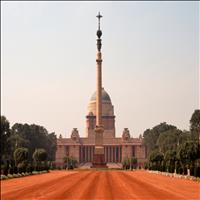 The President’ House of India, also known as the Rashtrapati Bhawan, is the largest residential building for any head of the state in the world! Built as the royal residence of the then Viceroy of India, the architecture was designed by the pair of Lutyens and Baker. Built extensively on around 300 acres of land, known as the President’s estate, it took full 17 years to complete.
The beautifully designed building fell into the time period of the Edwardian Baroque, a time at which emphasis was placed on the use of heavy classical motifs in order to emphasise power and imperial authority. The 4 storied building has as many as 340 rooms and many halls. Two of them, Durbar Hall and Ashoka Hall, are the most prominent.
It is said that the line drawn on the floor perfectly divides the mansion into two equal parts. It houses a 5th century Buddha statue from the Gupta period. This ancient Buddha statue is in a perfect straight line to the Gupta-period Bull placed outside and onto the India Gate at the end of Rajpath. The elevation of Raisina Hills is so much that the top of the India Gate lies at the same level as the feet of the Buddha’s statue placed in the Durbar Hall. The interior of this room and almost all the rooms of the palace are bare, relying on stonework and shapes to show austerity rather than intricate decoration.
The beautiful dome, the most prominent feature of the building, and some great gardens inside the property are some of the main features of the Rashtrapati Bhawan.
Recently, a visit to the Rashtrapati Bhawan is allowed with prior permission and appointment, only for some area.
The President’ House of India, also known as the Rashtrapati Bhawan, is the largest residential building for any head of the state in the world! Built as the royal residence of the then Viceroy of India, the architecture was designed by the pair of Lutyens and Baker. Built extensively on around 300 acres of land, known as the President’s estate, it took full 17 years to complete.
The beautifully designed building fell into the time period of the Edwardian Baroque, a time at which emphasis was placed on the use of heavy classical motifs in order to emphasise power and imperial authority. The 4 storied building has as many as 340 rooms and many halls. Two of them, Durbar Hall and Ashoka Hall, are the most prominent.
It is said that the line drawn on the floor perfectly divides the mansion into two equal parts. It houses a 5th century Buddha statue from the Gupta period. This ancient Buddha statue is in a perfect straight line to the Gupta-period Bull placed outside and onto the India Gate at the end of Rajpath. The elevation of Raisina Hills is so much that the top of the India Gate lies at the same level as the feet of the Buddha’s statue placed in the Durbar Hall. The interior of this room and almost all the rooms of the palace are bare, relying on stonework and shapes to show austerity rather than intricate decoration.
The beautiful dome, the most prominent feature of the building, and some great gardens inside the property are some of the main features of the Rashtrapati Bhawan.
Recently, a visit to the Rashtrapati Bhawan is allowed with prior permission and appointment, only for some area.
Closed On: Sunday
Timings: 1100 hours to 1700 hours
Remarks: Prior permission and appointment through proper channel is required for the visit.
 Raj Ghat (Hindi: राज घाट) is a memorial to Mahatma Gandhi. Originally it was the name of a historic ghat of Old Delhi (Shahjahanabad) on the banks of Yamuna river. Close to it, and east of Daryaganj was “Raj Ghat Gate” of the walled city, opening at Raj Ghat on Yamuna River. Later the memorial area was also called Raj ghat. It is a black marble platform that marks the spot of Mahatma Gandhi's cremation, Antyesti (Antim Sanskar) on 31 January 1948, a day after his assassination. It is left open to the sky while an eternal flame burns perpetually at one end. It is located on the banks of the river Yamuna in Delhi in India on Ring Road officially known as Mahatma Gandhi Road. A stone footpath flanked by lawns leads to the walled enclosure that houses the memorial. All guests must remove their footwear before entering the Raj Ghat walls.
Raj Ghat (Hindi: राज घाट) is a memorial to Mahatma Gandhi. Originally it was the name of a historic ghat of Old Delhi (Shahjahanabad) on the banks of Yamuna river. Close to it, and east of Daryaganj was “Raj Ghat Gate” of the walled city, opening at Raj Ghat on Yamuna River. Later the memorial area was also called Raj ghat. It is a black marble platform that marks the spot of Mahatma Gandhi's cremation, Antyesti (Antim Sanskar) on 31 January 1948, a day after his assassination. It is left open to the sky while an eternal flame burns perpetually at one end. It is located on the banks of the river Yamuna in Delhi in India on Ring Road officially known as Mahatma Gandhi Road. A stone footpath flanked by lawns leads to the walled enclosure that houses the memorial. All guests must remove their footwear before entering the Raj Ghat walls.Timings: 6:30 am – 6:00 pm
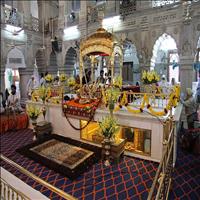 Gurdwara Sis Ganj Sahib is one of the nine historical Gurdwaras in Delhi. It was first constructed in 1783 by Baghel Singh to commemorate the martyrdom site of the ninth Sikh Guru, Guru Tegh Bahadur. situated in Chandni Chowk in Old Delhi, it marks the site where the ninth Sikh Guru was beheaded on the orders of the Mughal emperor Aurangzeb on 11 November 1675 for refusing to convert to Islam.
The ninth Sikh Guru, Guru Tegh Bahadur was beheaded here on 11 November 1675 on the orders of Mughal Emperor Aurangzeb when Guru Tegh Bahadur protested against the forceful conversion of Kashmiri Pandits and non-Muslims to Islam. However, before his body could be quartered and exposed to public view, it was stolen under the cover of darkness by one of his disciples, Lakhi Shah Vanjara who, then burnt his house to cremate Guru's body; today, at this site stands Gurdwara Rakab Ganj Sahib.
The trunk of the tree beneath which the head of the Guru was severed and the well used by him for taking bath during his prison term have been preserved in the shrine. Also, adjoining the gurudwara, stands the Kotwali (police station), where Guru was imprisoned and his disciples were tortured. Located close to it is the Sunehri Masjid (Chandni Chowk).
On 11 March 1783, Sikh military leader Baghel Singh (1730–1802) marched into Delhi along with his army. He occupied the Diwan-i-Am, the Mughal emperor Shah Alam II made a settlement with them agreeing to allow Baghel Singh to raise gurudwaras on Sikh historical sites in the city and receive six annas in a rupee (37.5%) of all the octroi duties in the capital. Sis Ganj was one of the shrines built by him, within the time span of eight months, from April to November 1783. However, due to volatile political climate in the coming century, the site alternated between being a mosque and a gurudwara. It became a site of dispute between two communities, and litigation followed. Eventually after prolonged ligation the Privy Council during British Raj ruled in the favour of the Sikh litigants and the present structure was added in 1930; gold gild of the domes was added in the coming years. The Kotwali was handed over to the Delhi Sikh Gurdwara Management Committee around 2000.
The severed head ("Sis" in Hindi or Punjabi) of Guru Tegh Bahadur was brought to Anandpur Sahib by Bhai Jaita, another disciple of the Guru. Another gurudwara by the same name, Gurudwara Sisganj Sahib at Anandpur Sahib in Punjab, marks this site, where, in November 1675, the head of the martyred Guru Teg Bahadur, brought by Bhai Jaita (renamed Bhai Jivan Singh according to Sikh rites), in defiance of the Mughal authorities, was cremated.
Gurdwara Sis Ganj Sahib is one of the nine historical Gurdwaras in Delhi. It was first constructed in 1783 by Baghel Singh to commemorate the martyrdom site of the ninth Sikh Guru, Guru Tegh Bahadur. situated in Chandni Chowk in Old Delhi, it marks the site where the ninth Sikh Guru was beheaded on the orders of the Mughal emperor Aurangzeb on 11 November 1675 for refusing to convert to Islam.
The ninth Sikh Guru, Guru Tegh Bahadur was beheaded here on 11 November 1675 on the orders of Mughal Emperor Aurangzeb when Guru Tegh Bahadur protested against the forceful conversion of Kashmiri Pandits and non-Muslims to Islam. However, before his body could be quartered and exposed to public view, it was stolen under the cover of darkness by one of his disciples, Lakhi Shah Vanjara who, then burnt his house to cremate Guru's body; today, at this site stands Gurdwara Rakab Ganj Sahib.
The trunk of the tree beneath which the head of the Guru was severed and the well used by him for taking bath during his prison term have been preserved in the shrine. Also, adjoining the gurudwara, stands the Kotwali (police station), where Guru was imprisoned and his disciples were tortured. Located close to it is the Sunehri Masjid (Chandni Chowk).
On 11 March 1783, Sikh military leader Baghel Singh (1730–1802) marched into Delhi along with his army. He occupied the Diwan-i-Am, the Mughal emperor Shah Alam II made a settlement with them agreeing to allow Baghel Singh to raise gurudwaras on Sikh historical sites in the city and receive six annas in a rupee (37.5%) of all the octroi duties in the capital. Sis Ganj was one of the shrines built by him, within the time span of eight months, from April to November 1783. However, due to volatile political climate in the coming century, the site alternated between being a mosque and a gurudwara. It became a site of dispute between two communities, and litigation followed. Eventually after prolonged ligation the Privy Council during British Raj ruled in the favour of the Sikh litigants and the present structure was added in 1930; gold gild of the domes was added in the coming years. The Kotwali was handed over to the Delhi Sikh Gurdwara Management Committee around 2000.
The severed head ("Sis" in Hindi or Punjabi) of Guru Tegh Bahadur was brought to Anandpur Sahib by Bhai Jaita, another disciple of the Guru. Another gurudwara by the same name, Gurudwara Sisganj Sahib at Anandpur Sahib in Punjab, marks this site, where, in November 1675, the head of the martyred Guru Teg Bahadur, brought by Bhai Jaita (renamed Bhai Jivan Singh according to Sikh rites), in defiance of the Mughal authorities, was cremated.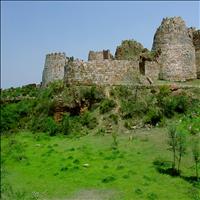 The Delhi Tughlaqabad fort is one of the largest forts around India. However, the fort was not used for much time. There are even some beliefs that suggest that the fort is cursed. Fortunately, the fort is still open for people to visit to this day. Some of the parts are not easily open but there are many different remnants that can still be found in the area.The Tughlaqabad fort was built Ghazi Malik, a slave to Mubarak Khilji. Ghazi Malik found that the area where the fort is today would make for a great spot for a fort. Mubarak Khilji joked that Malik should build that fort if he ever became a sultan. However, Malik would eventually become Ghiyas-ud-din Tughlaq, the first rule of the Tughlaq dynasty. He would then build the fort in 1321.However, the fort was abandoned in 1327. This comes from a curse that was placed on Saint Nizam-ud-din after his work on the creation of a well had to stop. This was due to Tughlaq's demand that the people who worked at the fort should be people from Delhi. Eventually, Tughlaq died when a canopy collaps
The Delhi Tughlaqabad fort is one of the largest forts around India. However, the fort was not used for much time. There are even some beliefs that suggest that the fort is cursed. Fortunately, the fort is still open for people to visit to this day. Some of the parts are not easily open but there are many different remnants that can still be found in the area.The Tughlaqabad fort was built Ghazi Malik, a slave to Mubarak Khilji. Ghazi Malik found that the area where the fort is today would make for a great spot for a fort. Mubarak Khilji joked that Malik should build that fort if he ever became a sultan. However, Malik would eventually become Ghiyas-ud-din Tughlaq, the first rule of the Tughlaq dynasty. He would then build the fort in 1321.However, the fort was abandoned in 1327. This comes from a curse that was placed on Saint Nizam-ud-din after his work on the creation of a well had to stop. This was due to Tughlaq's demand that the people who worked at the fort should be people from Delhi. Eventually, Tughlaq died when a canopy collaps
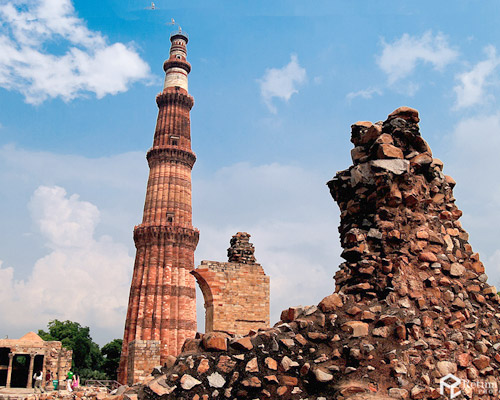
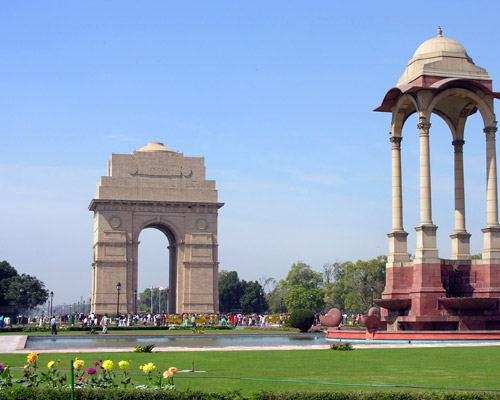
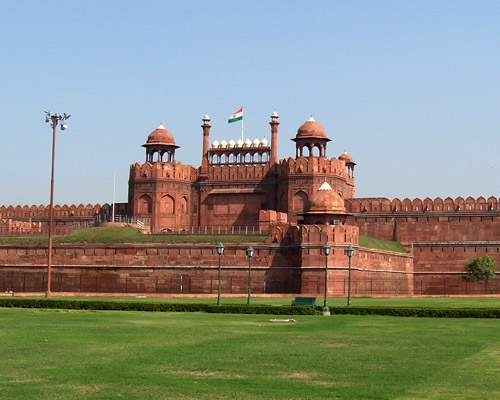
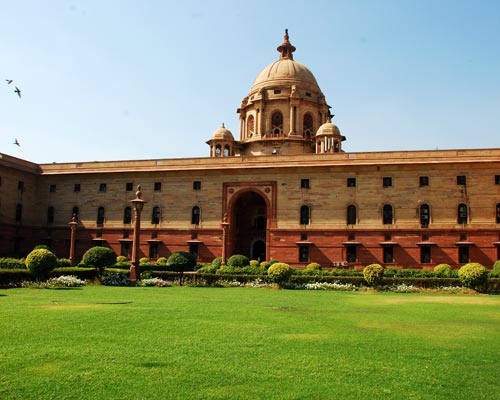
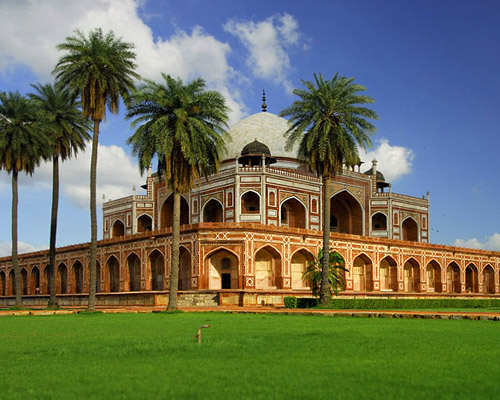
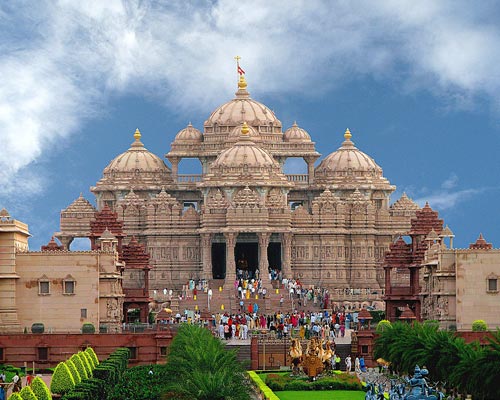
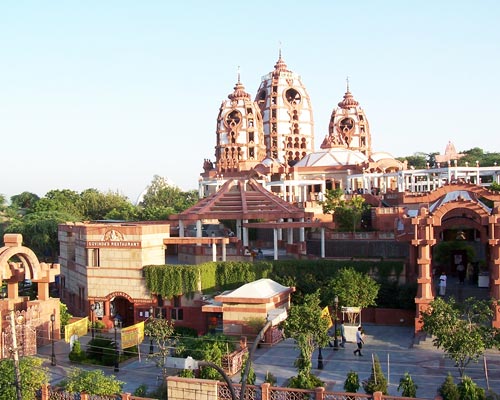
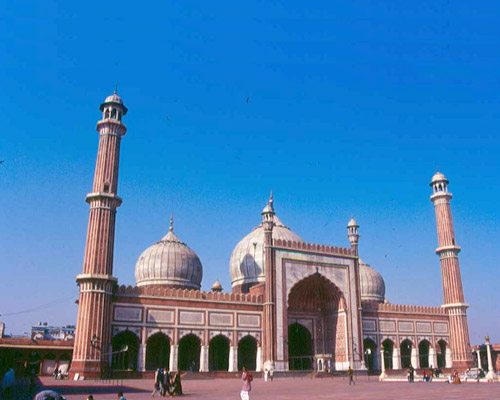
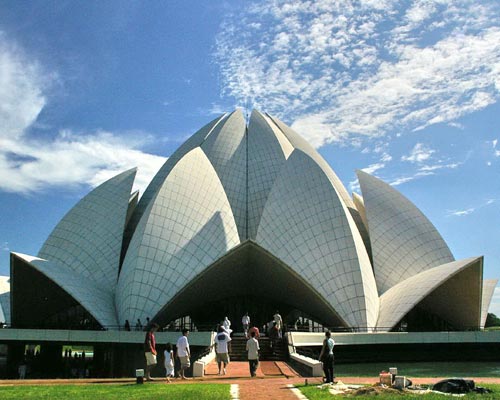
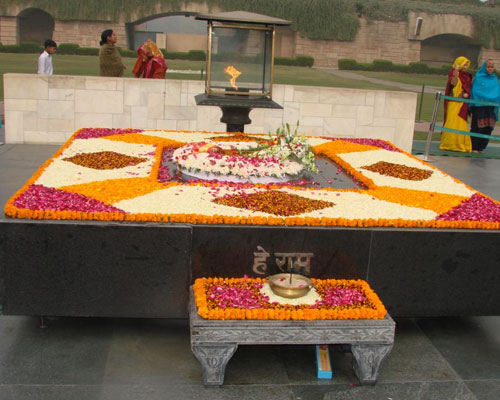

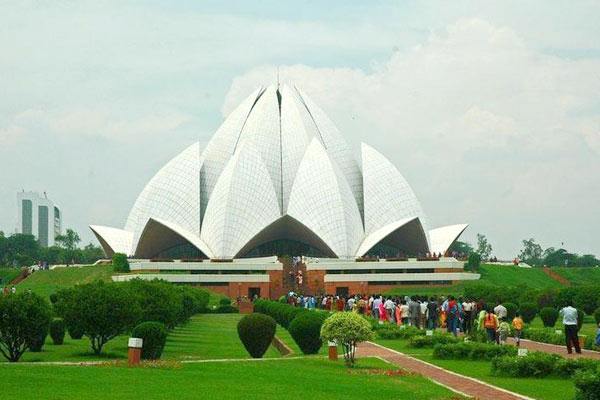
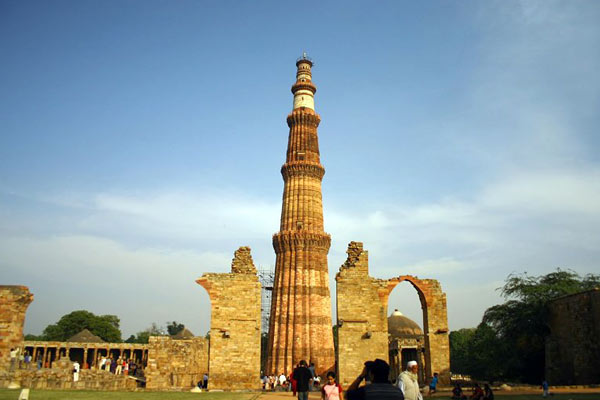
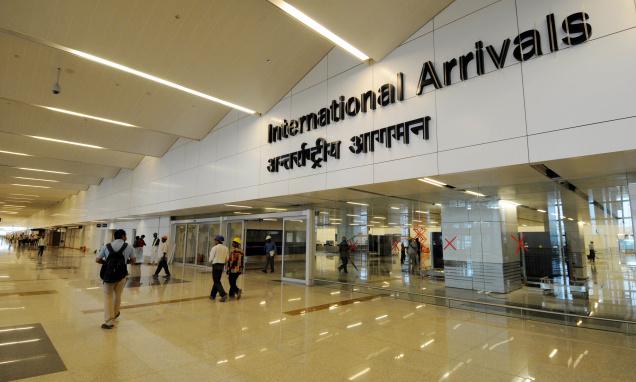
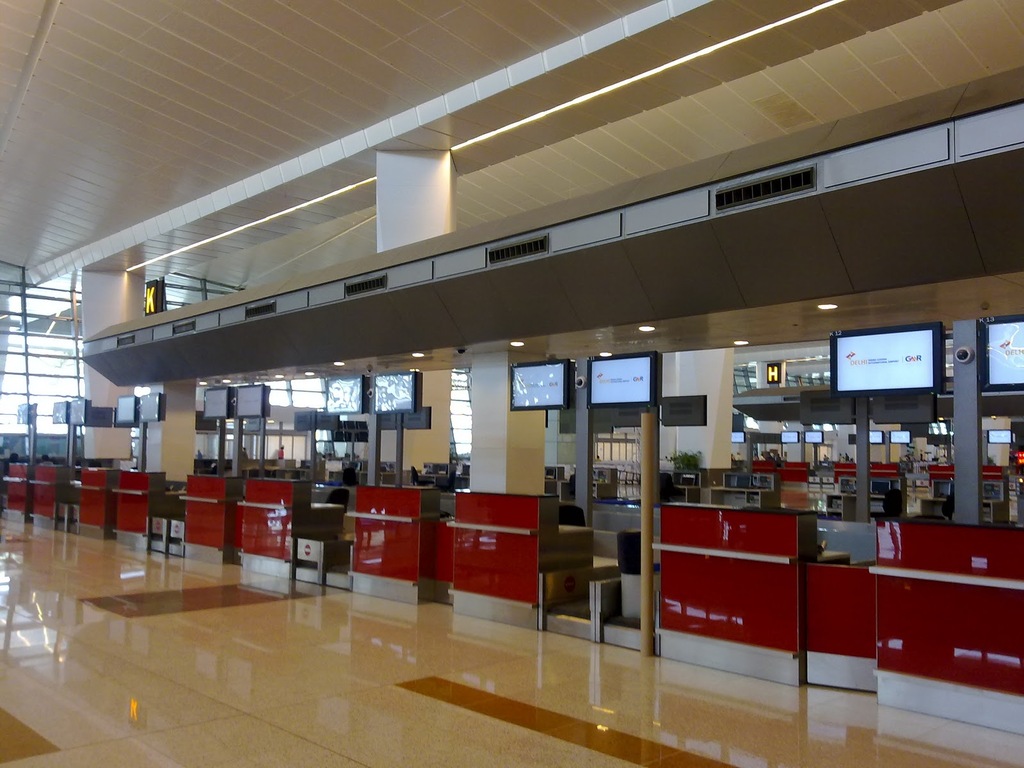
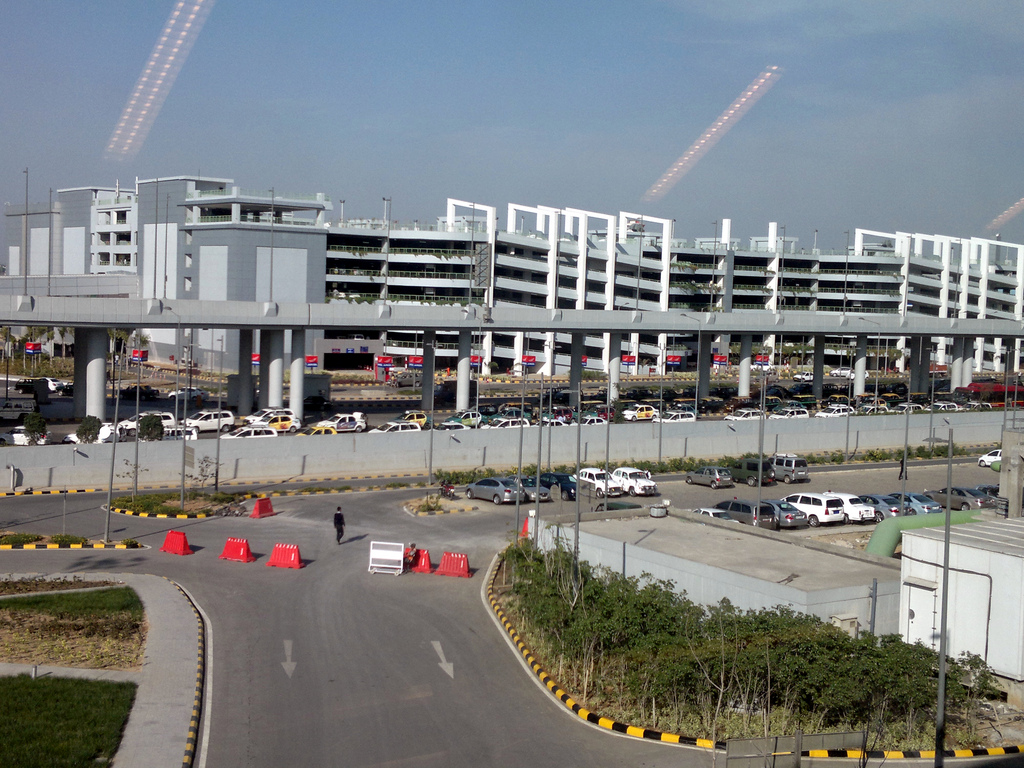
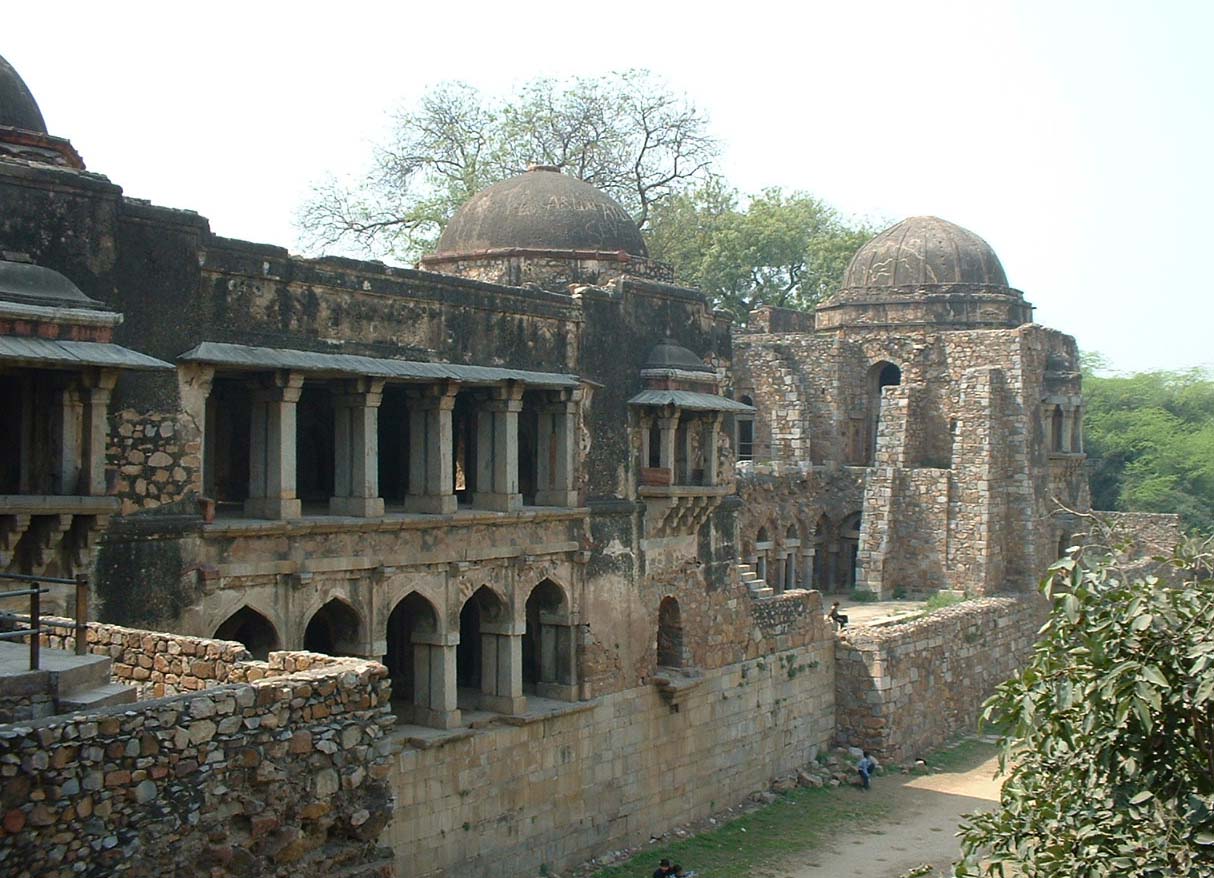
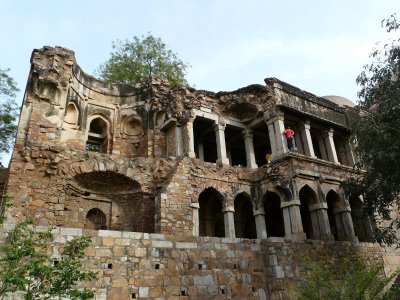
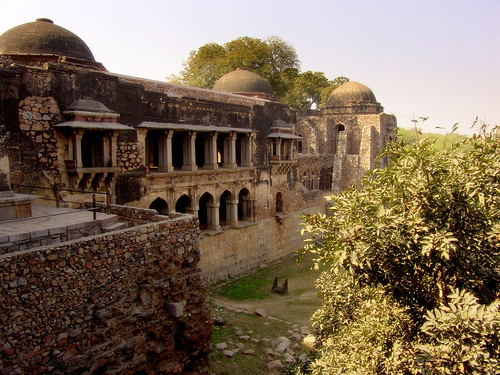
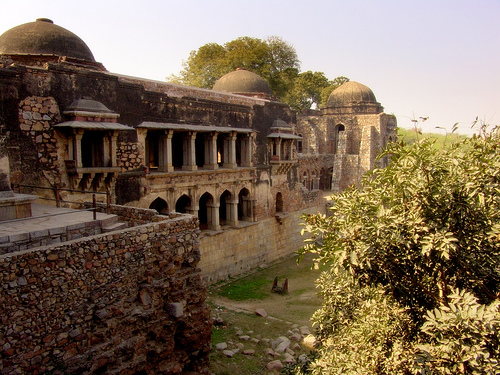

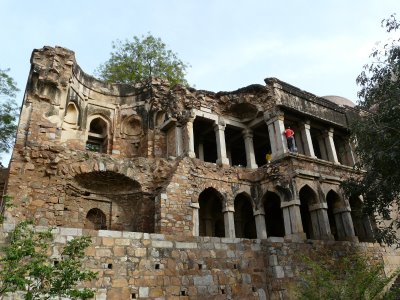
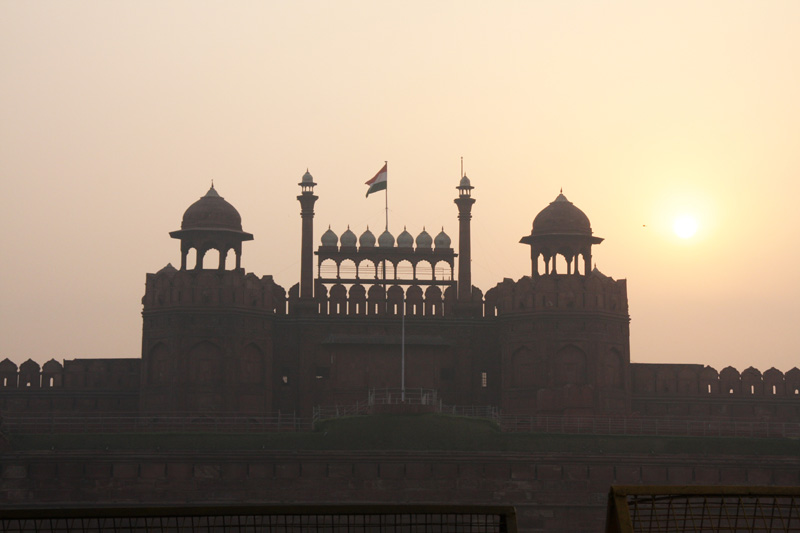
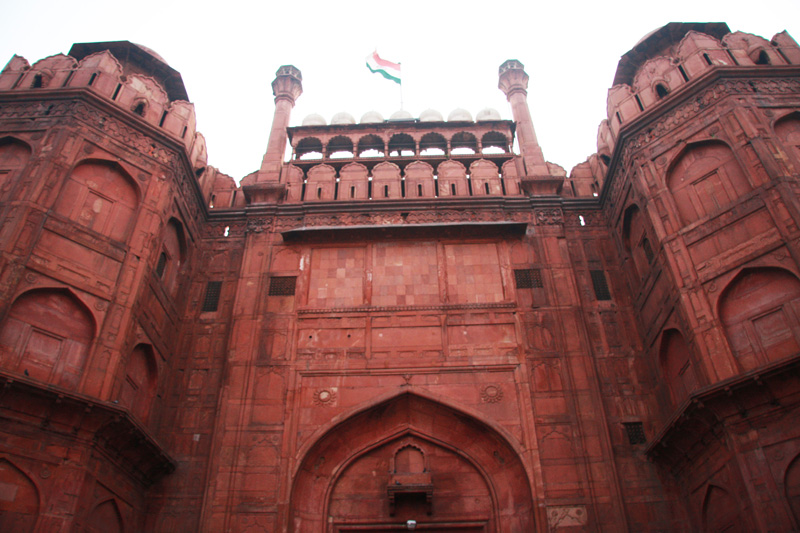
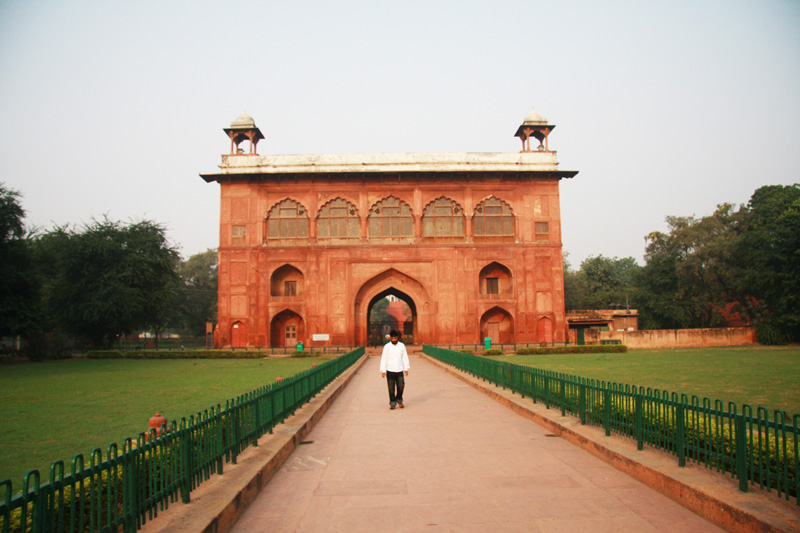
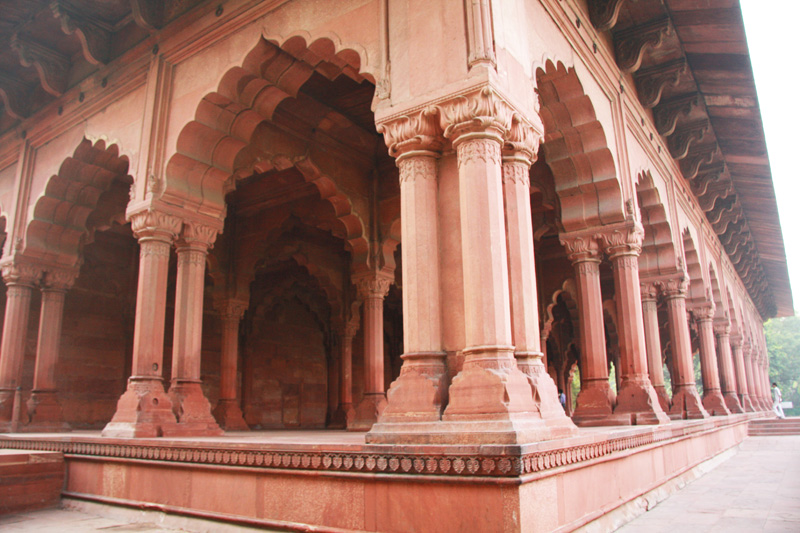
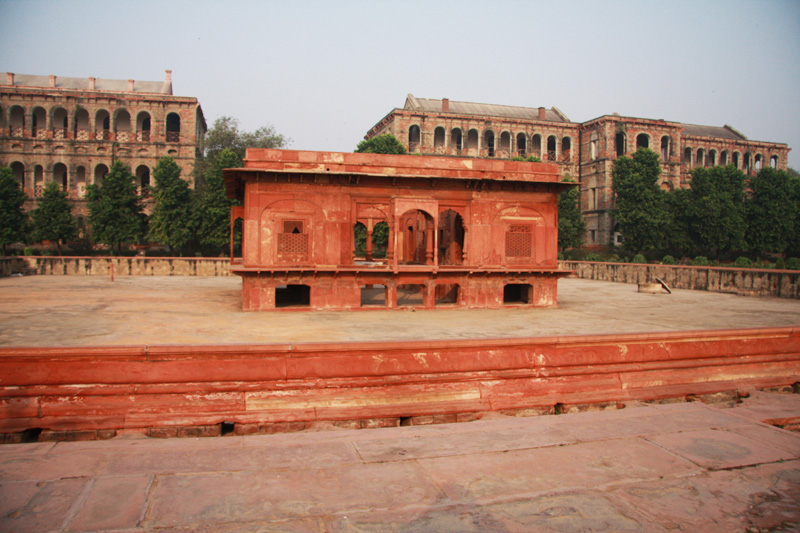
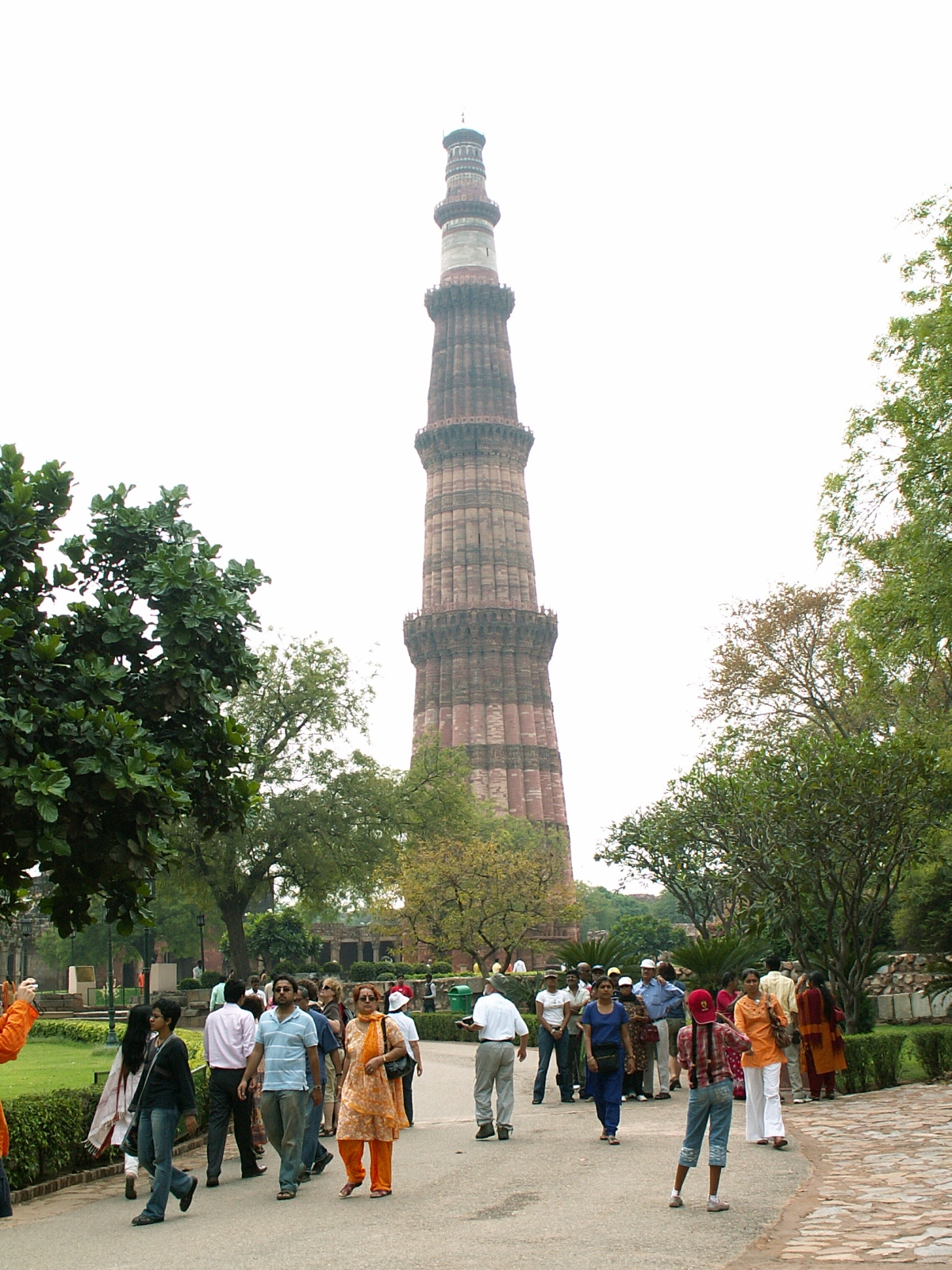
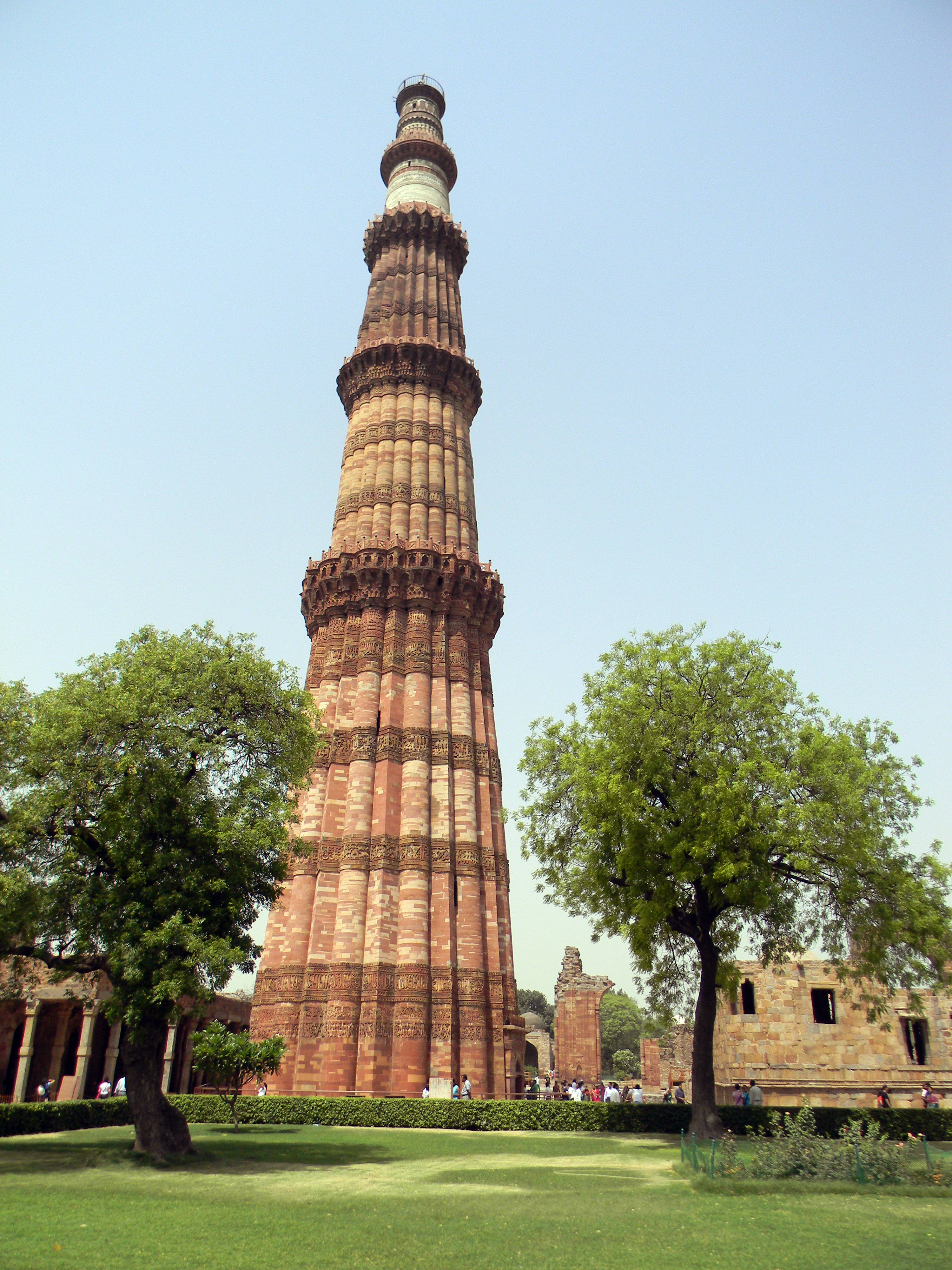

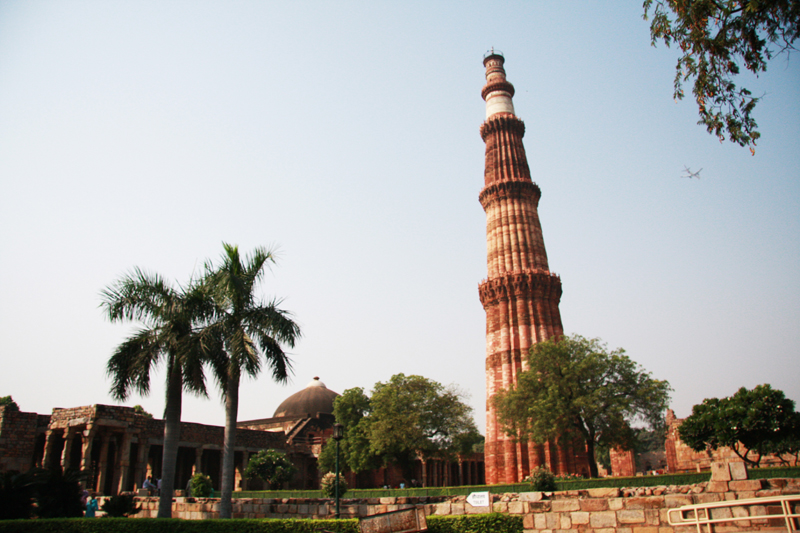
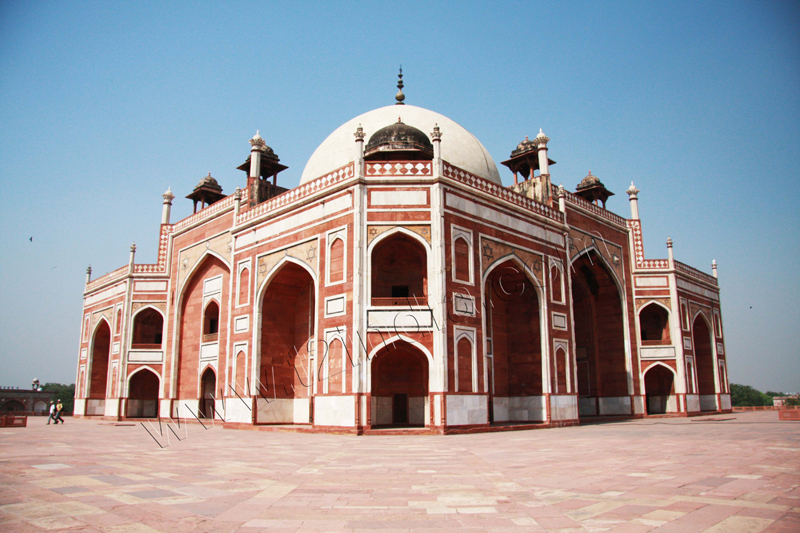
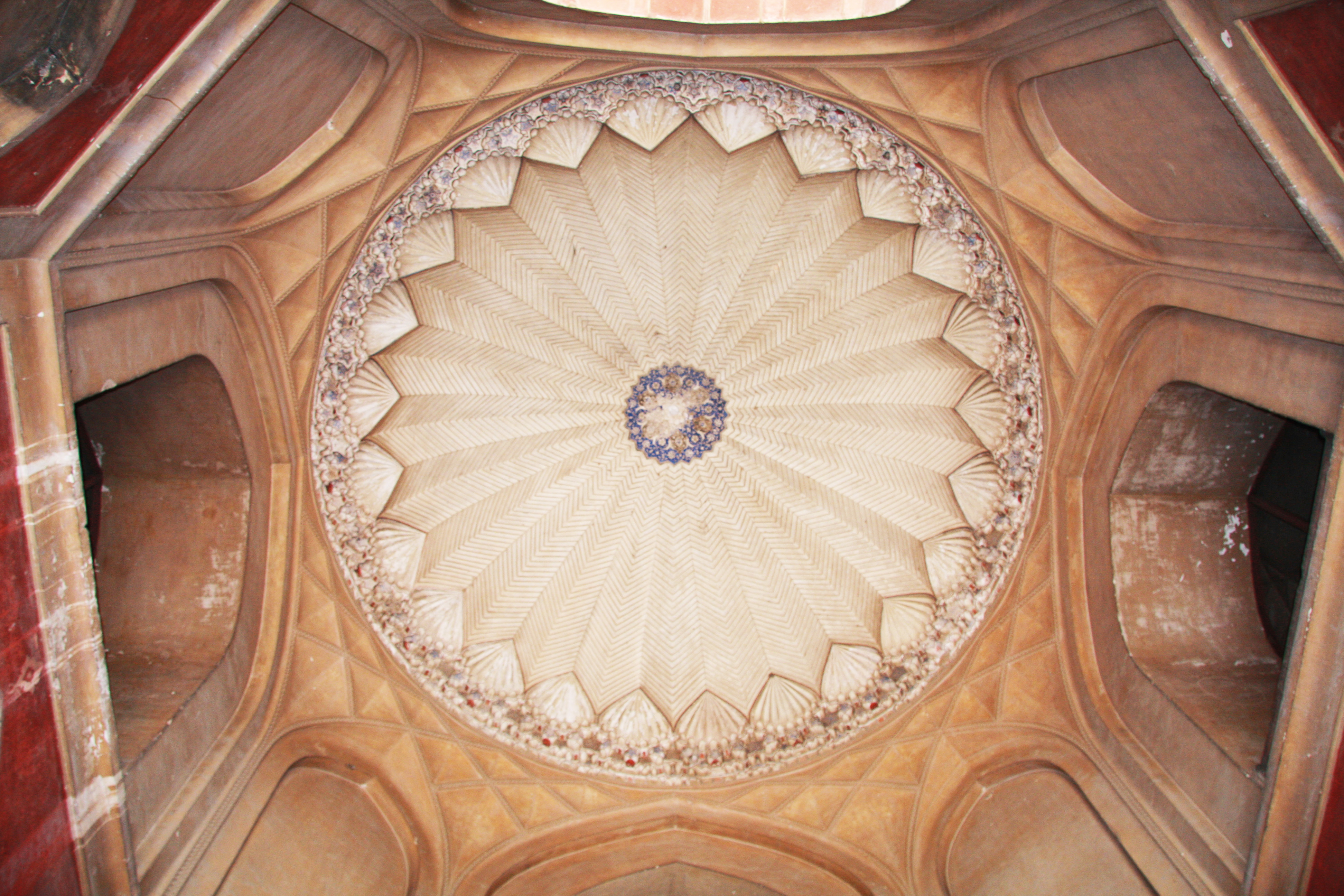
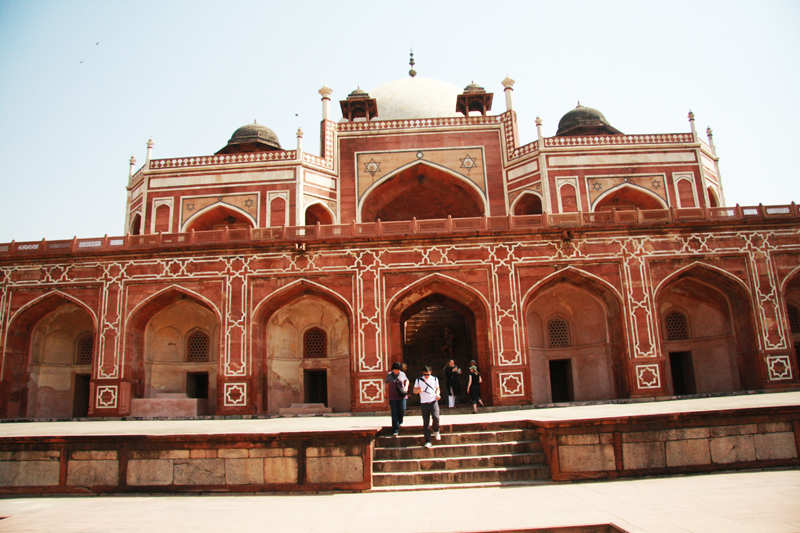
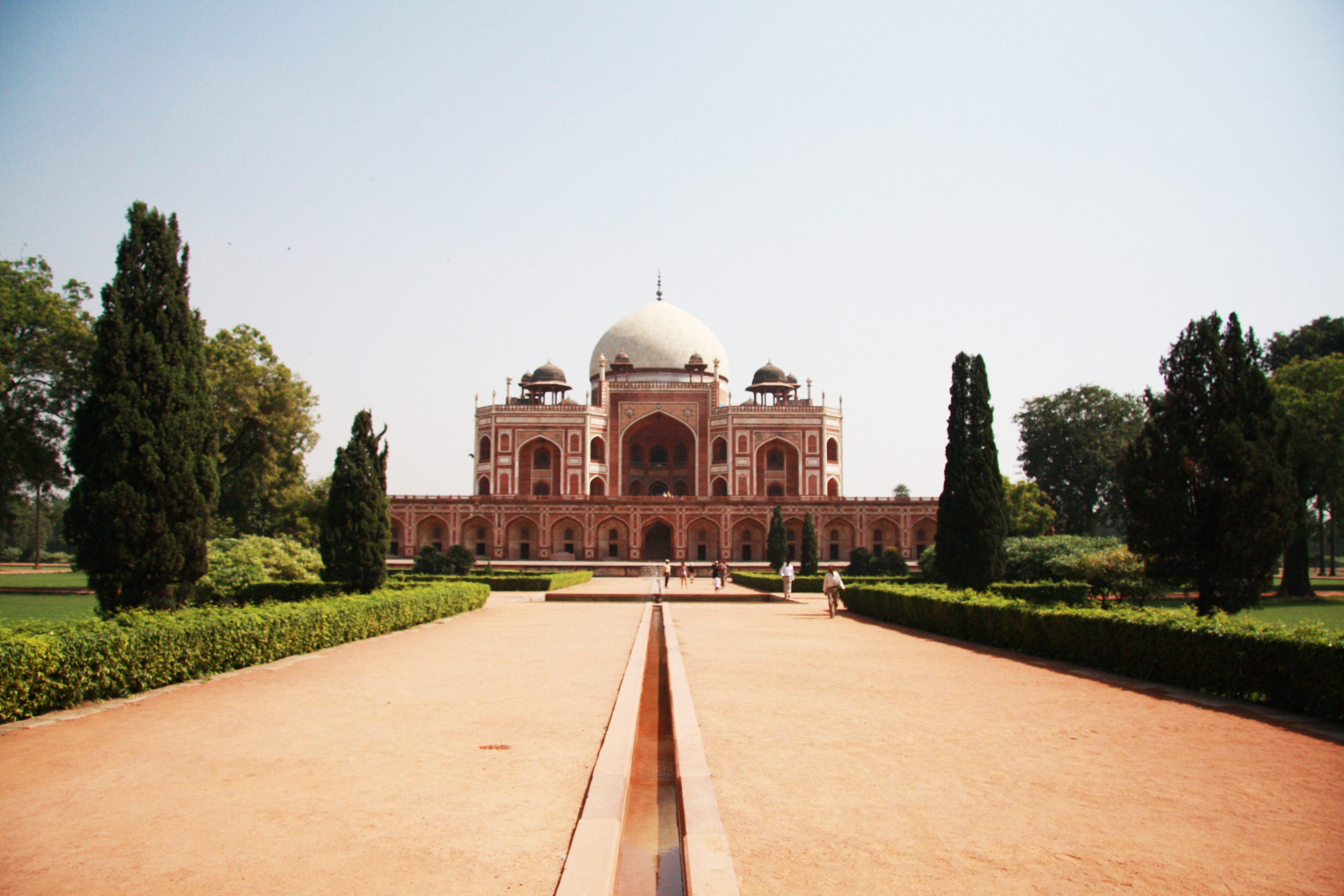
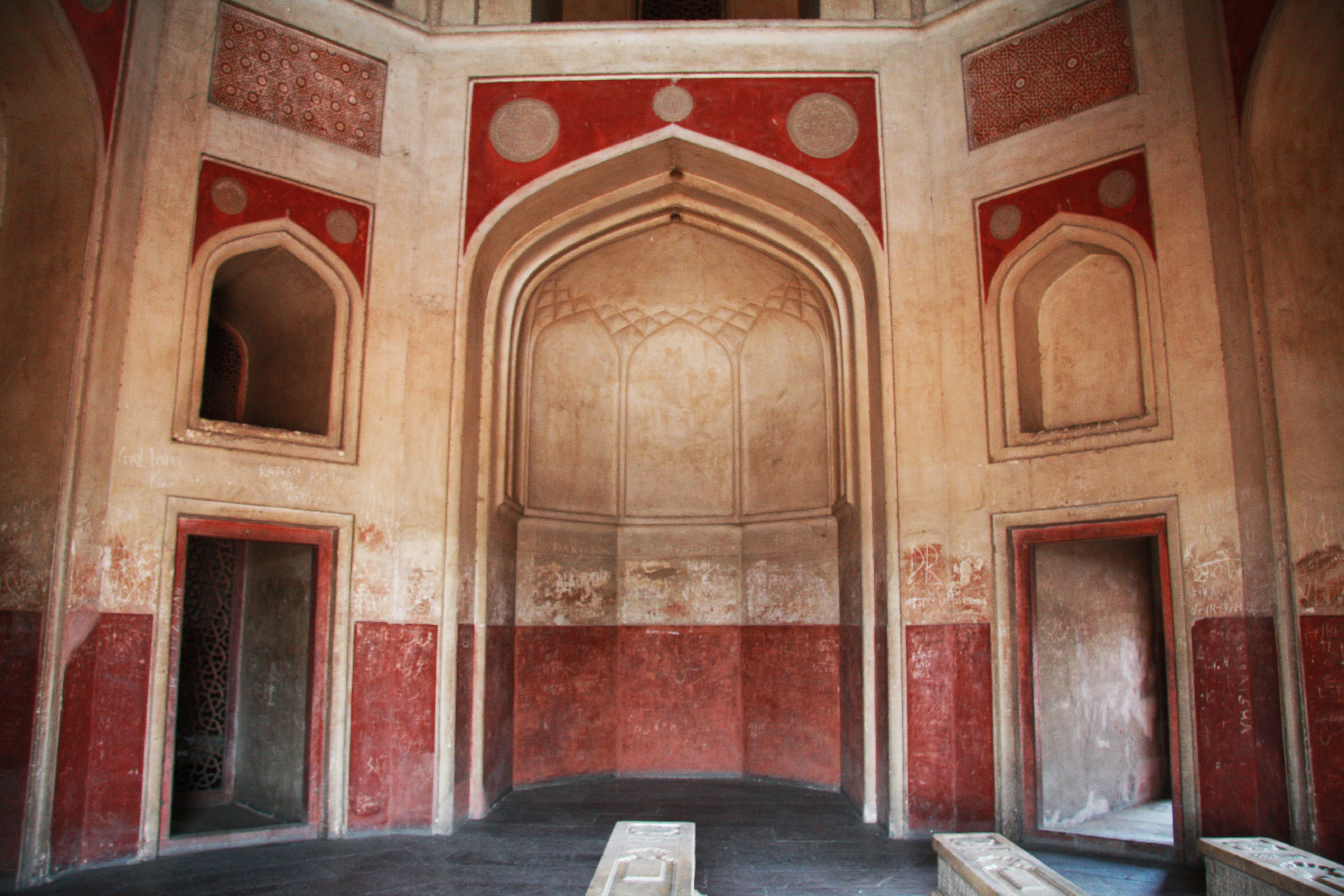
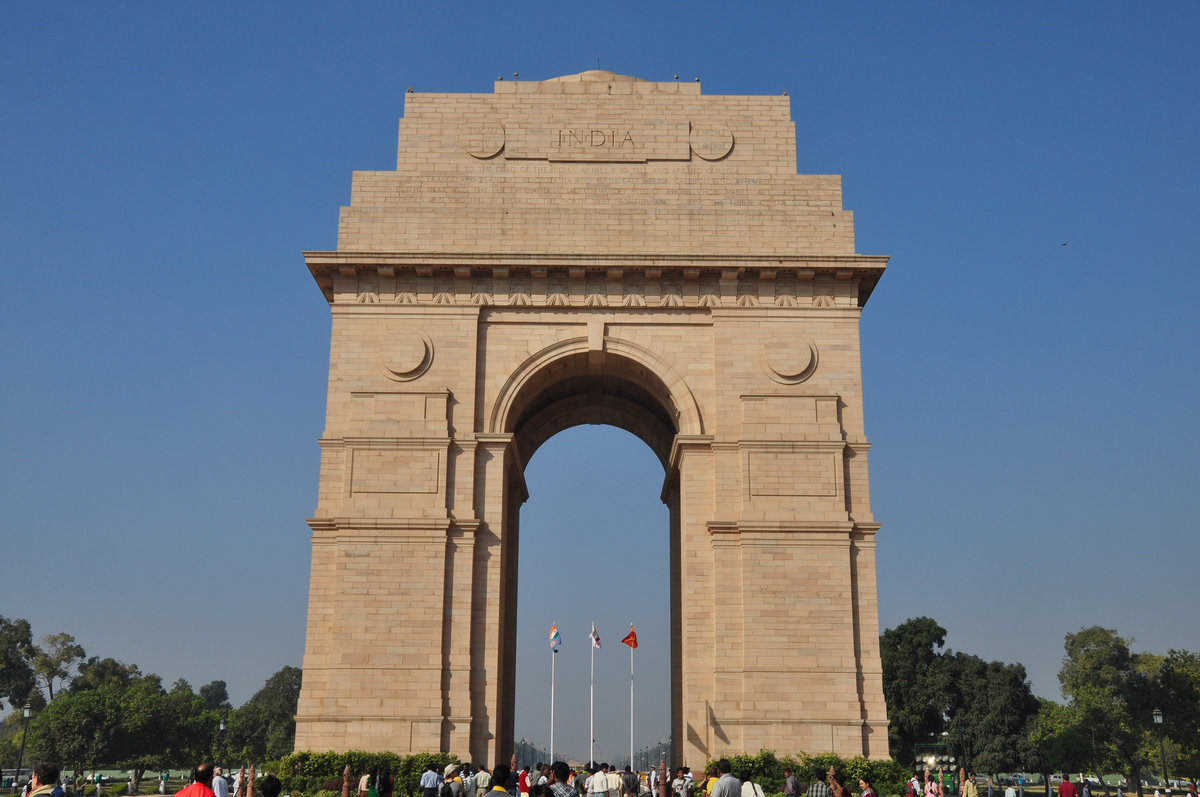
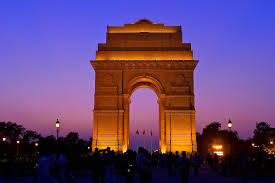
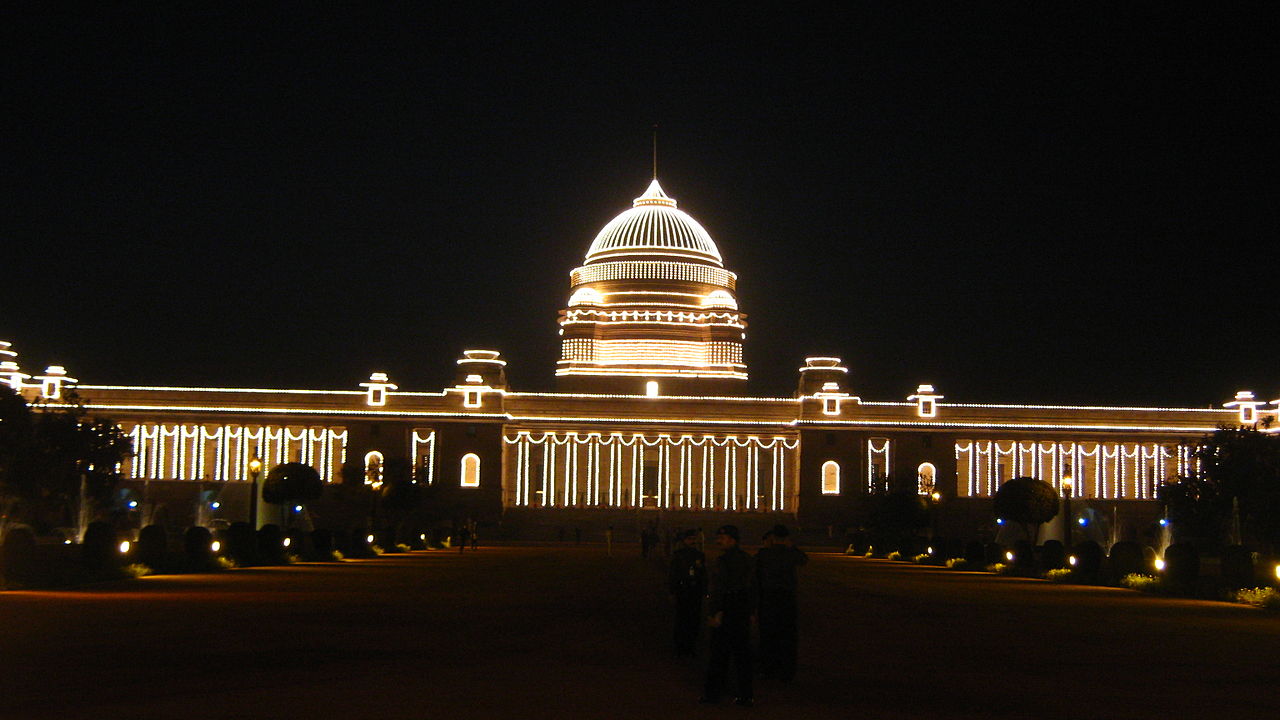
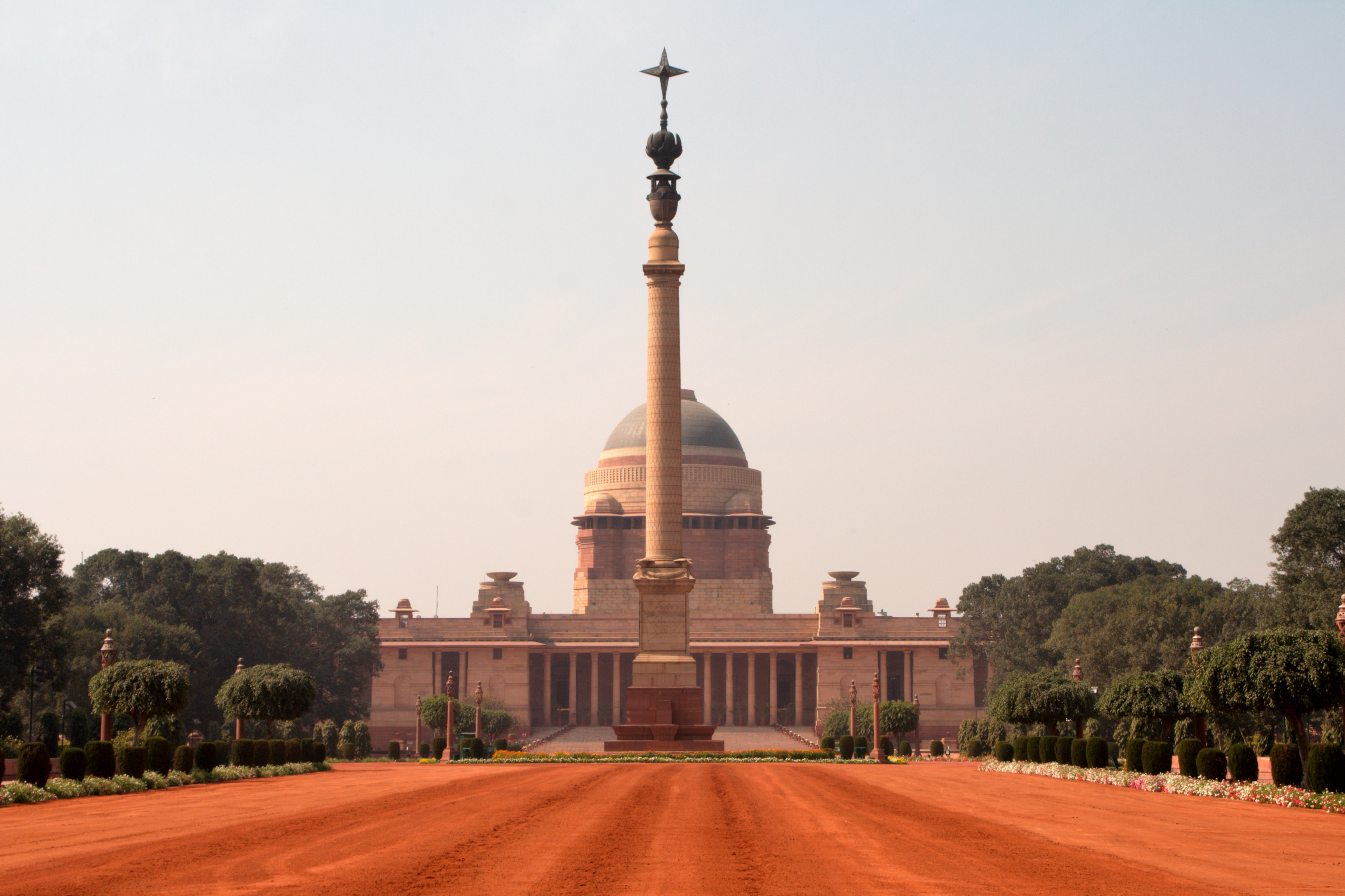
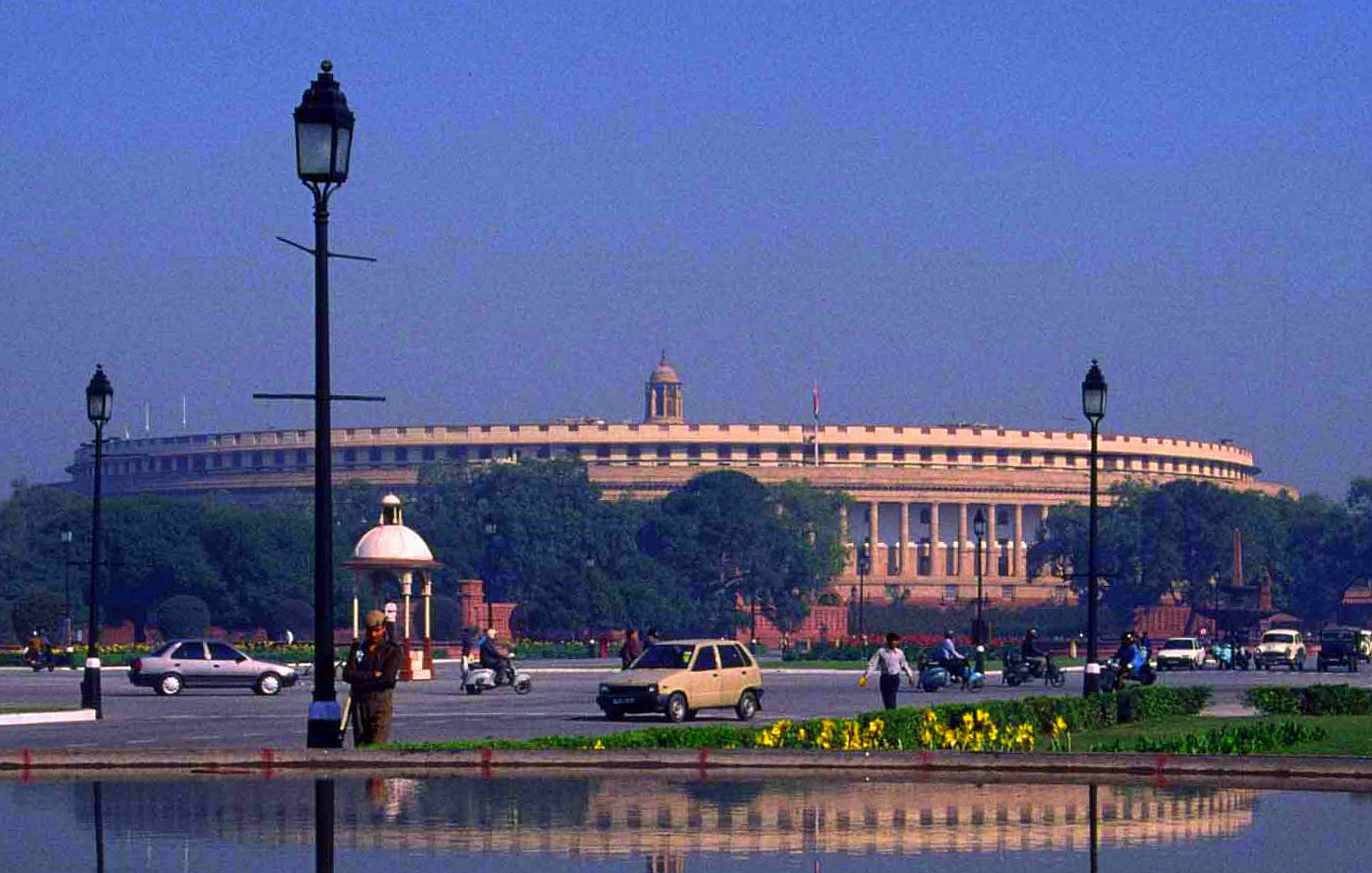
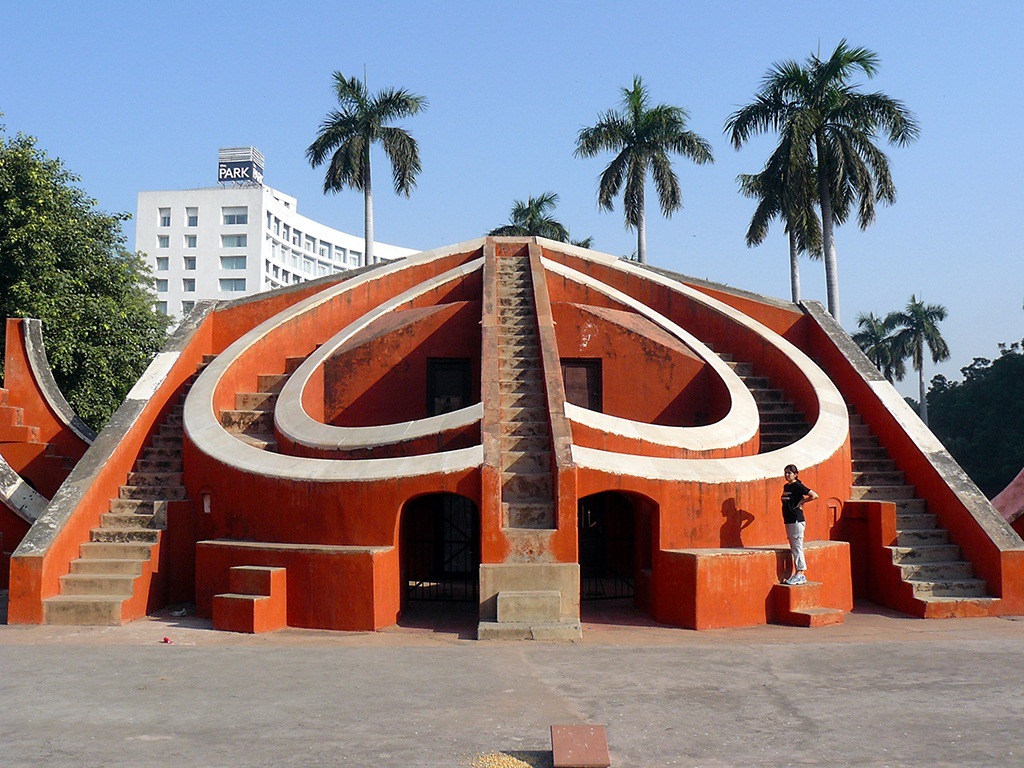
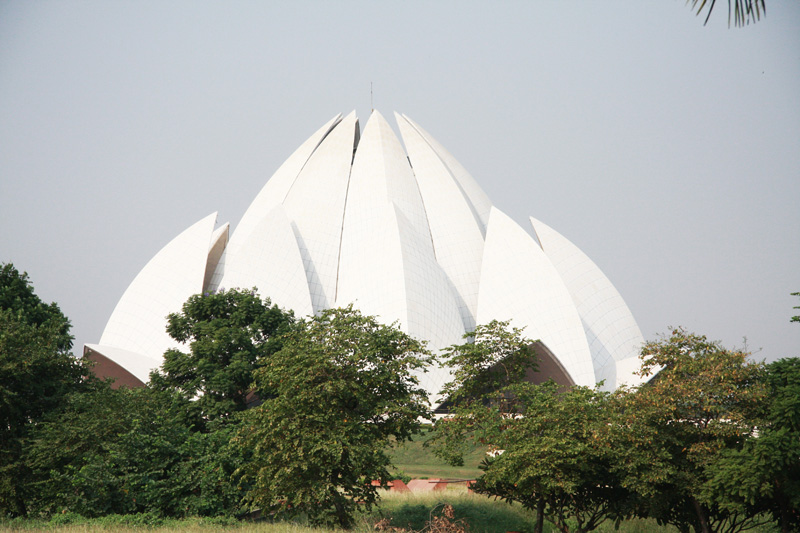
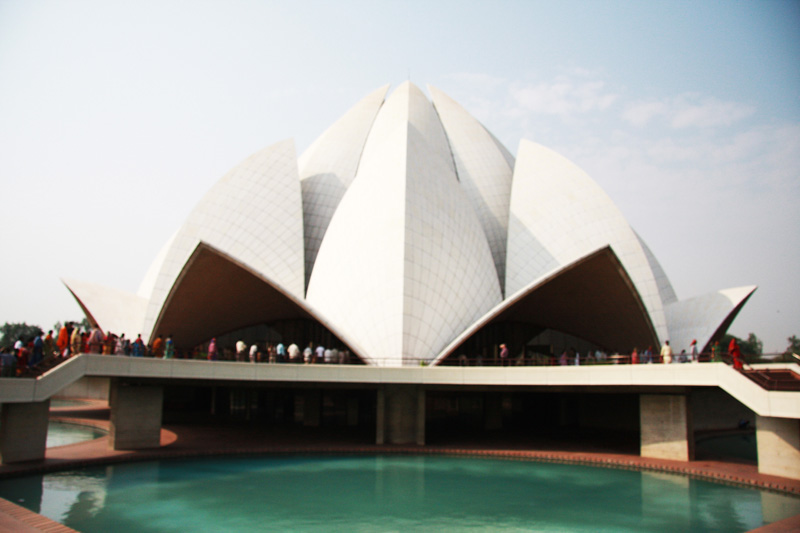
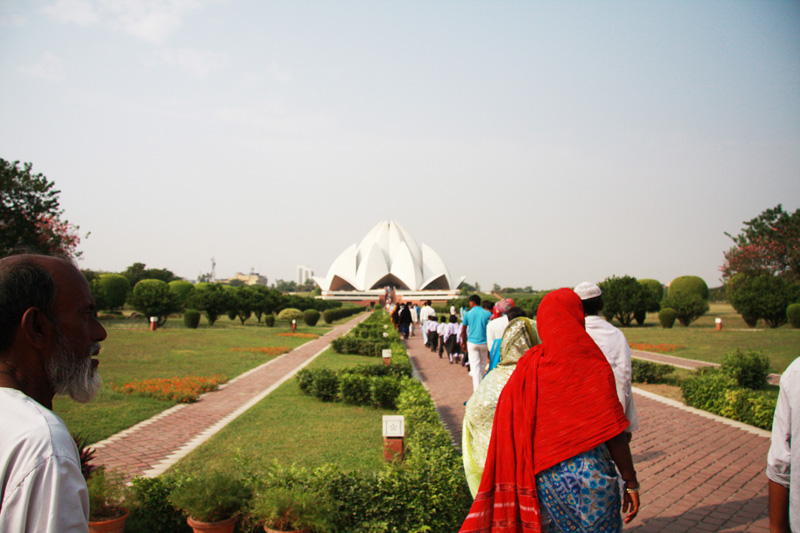

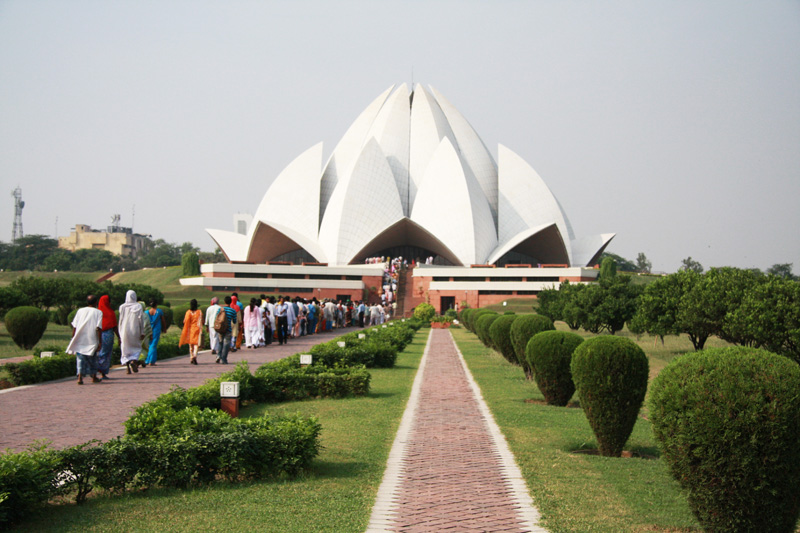
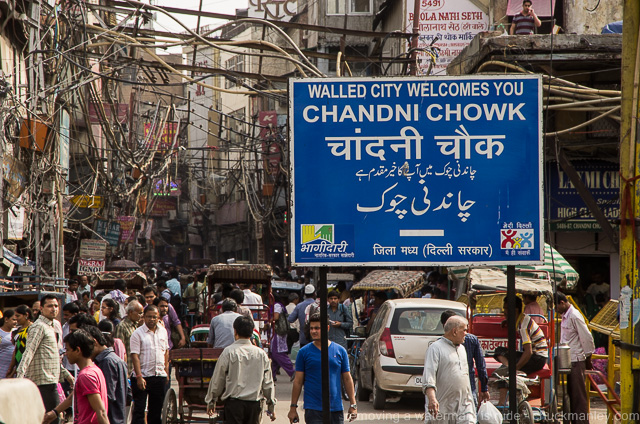
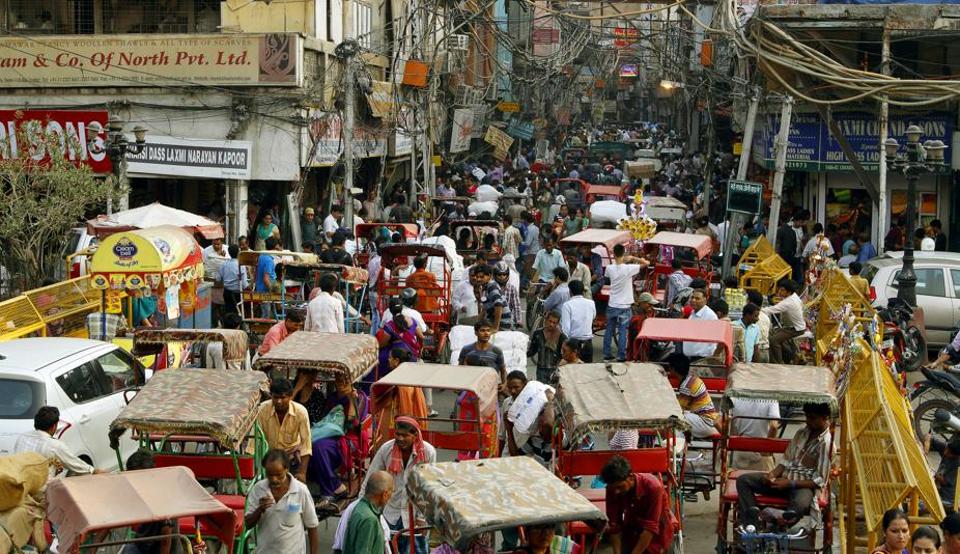

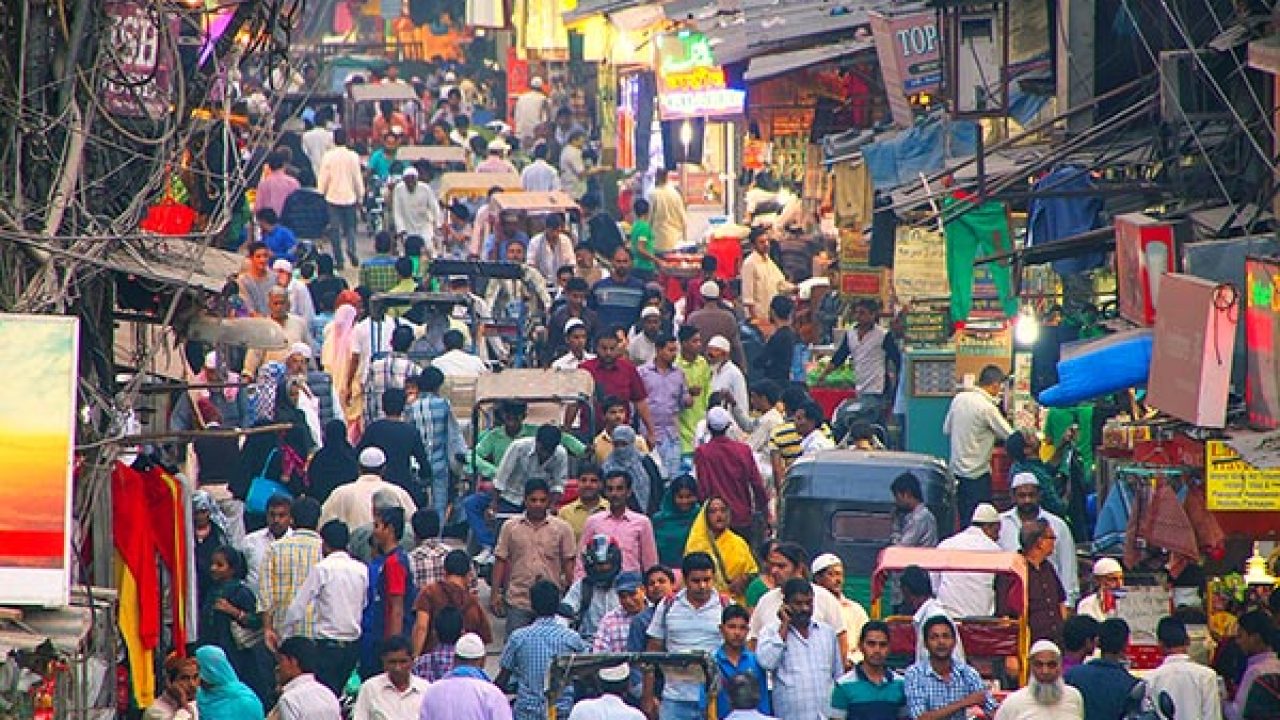
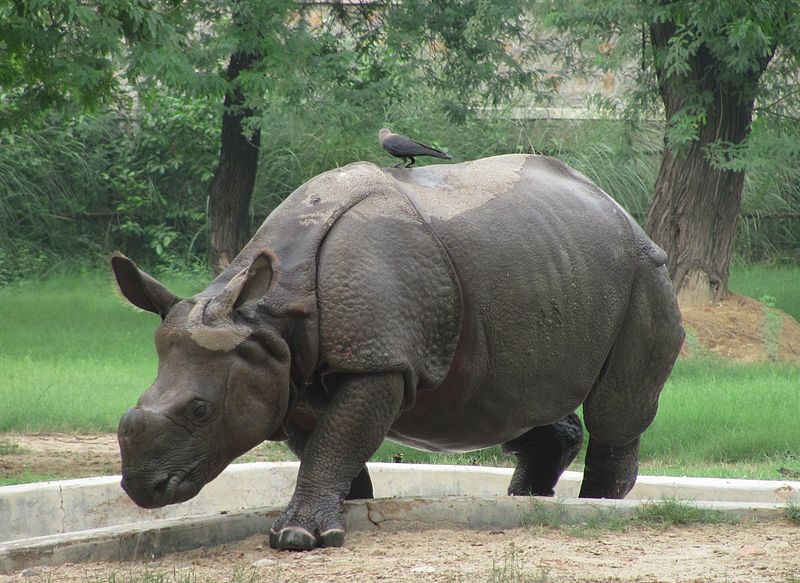

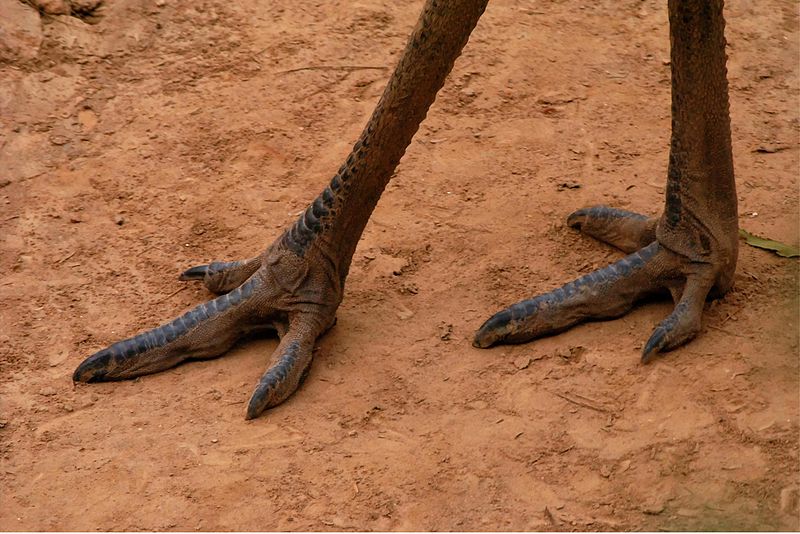
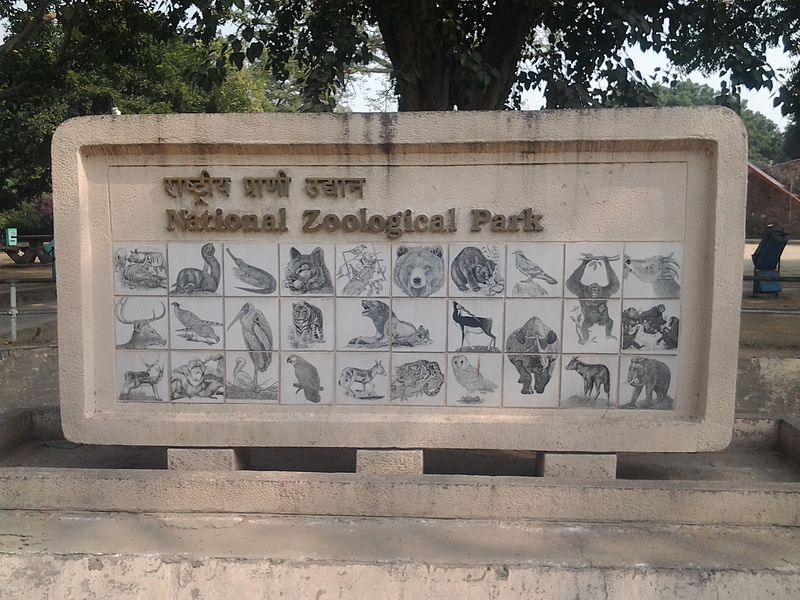
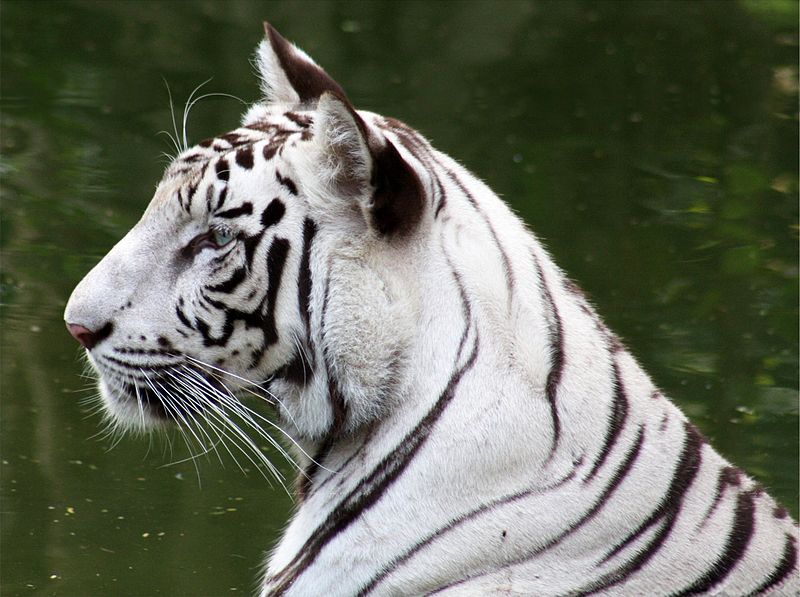
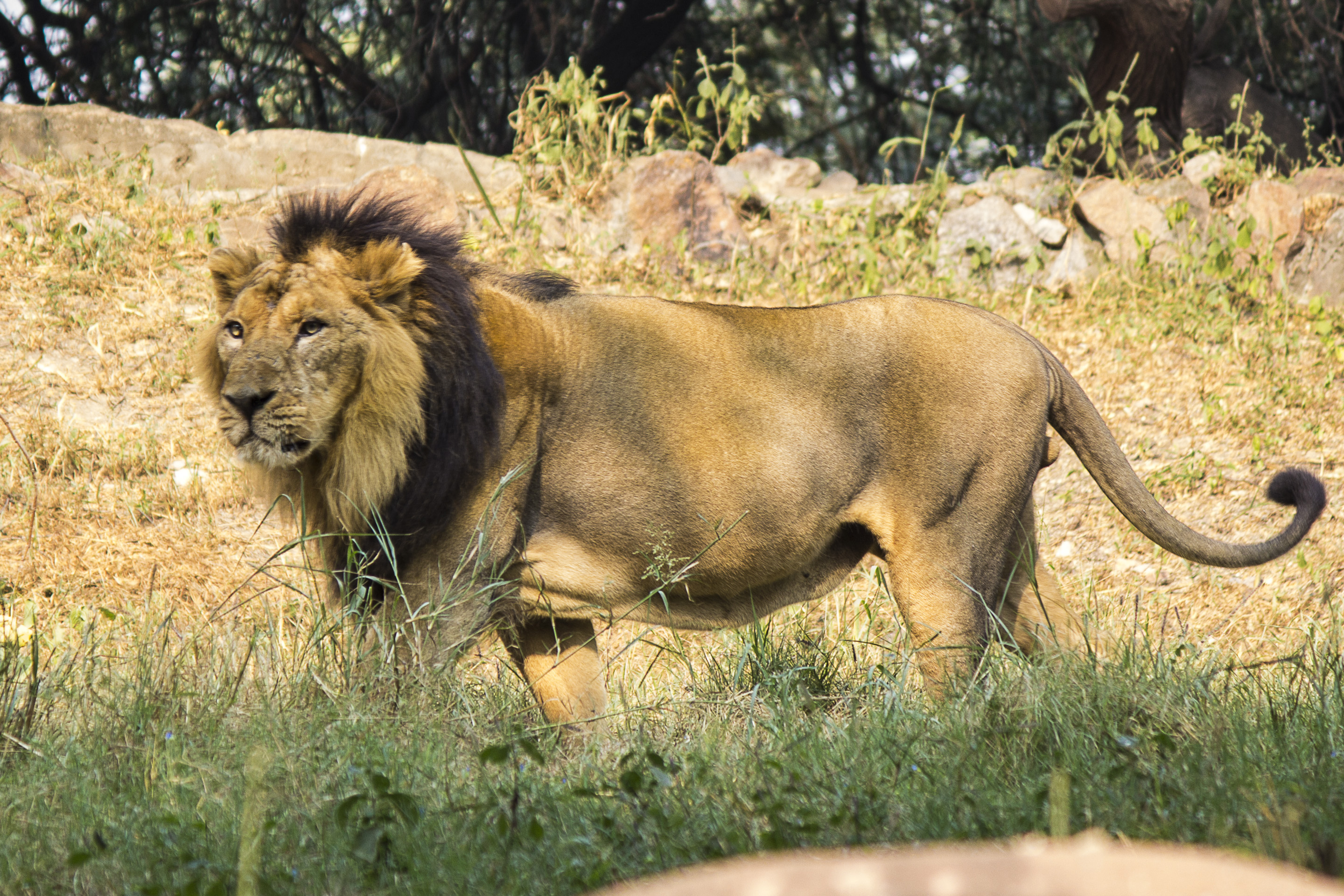
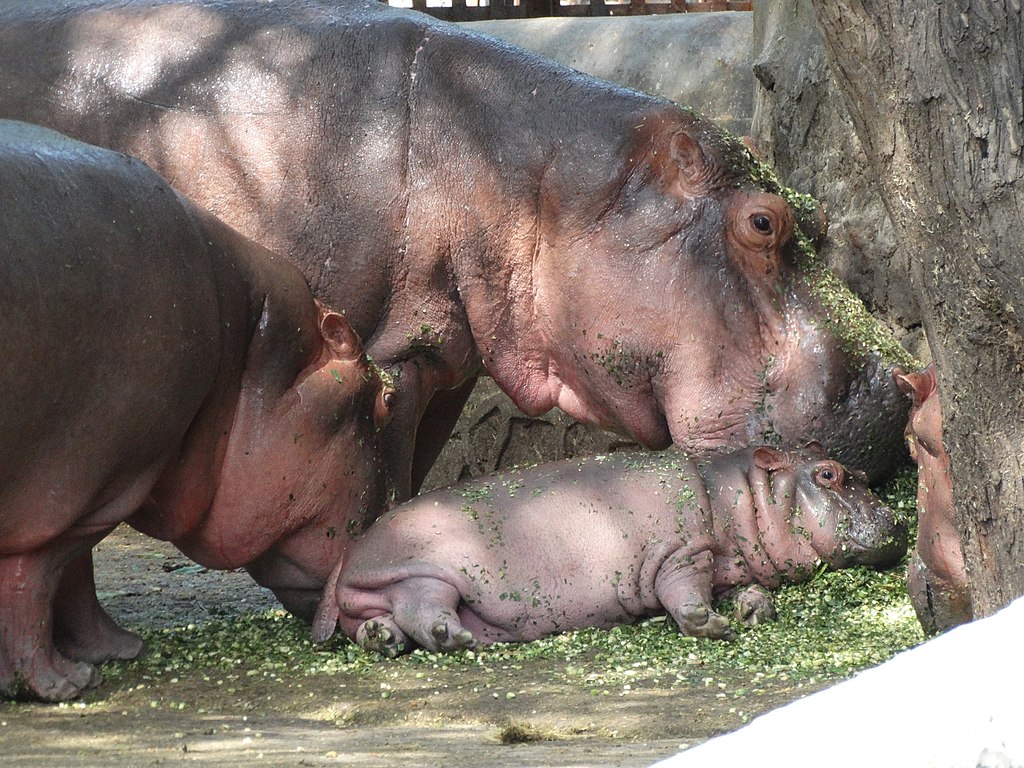
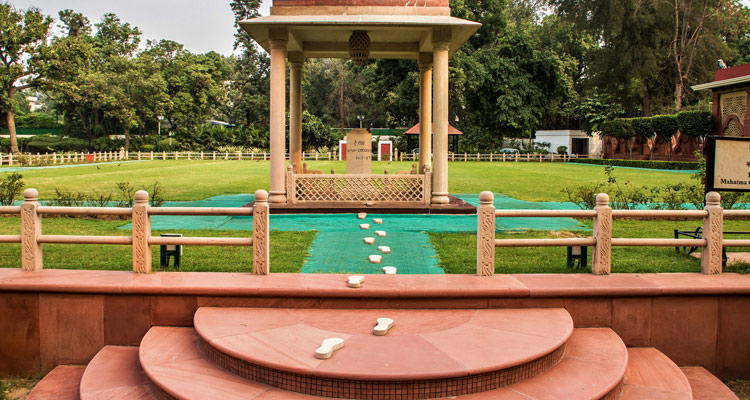
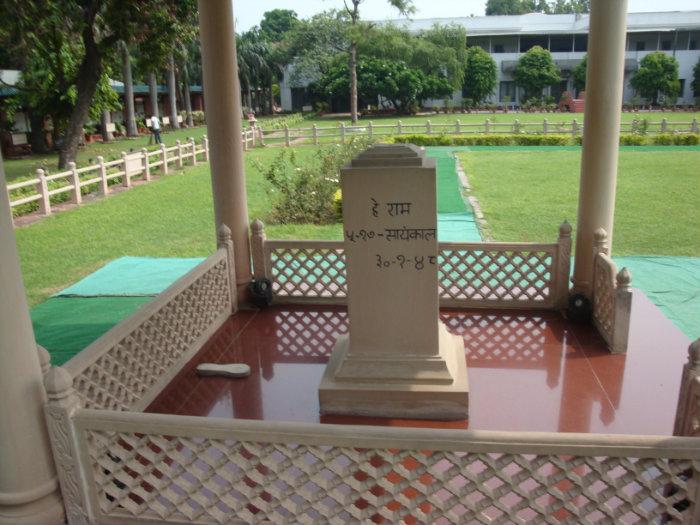
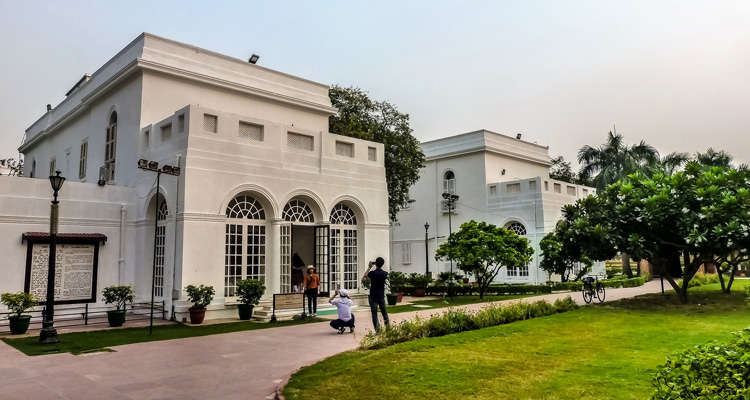
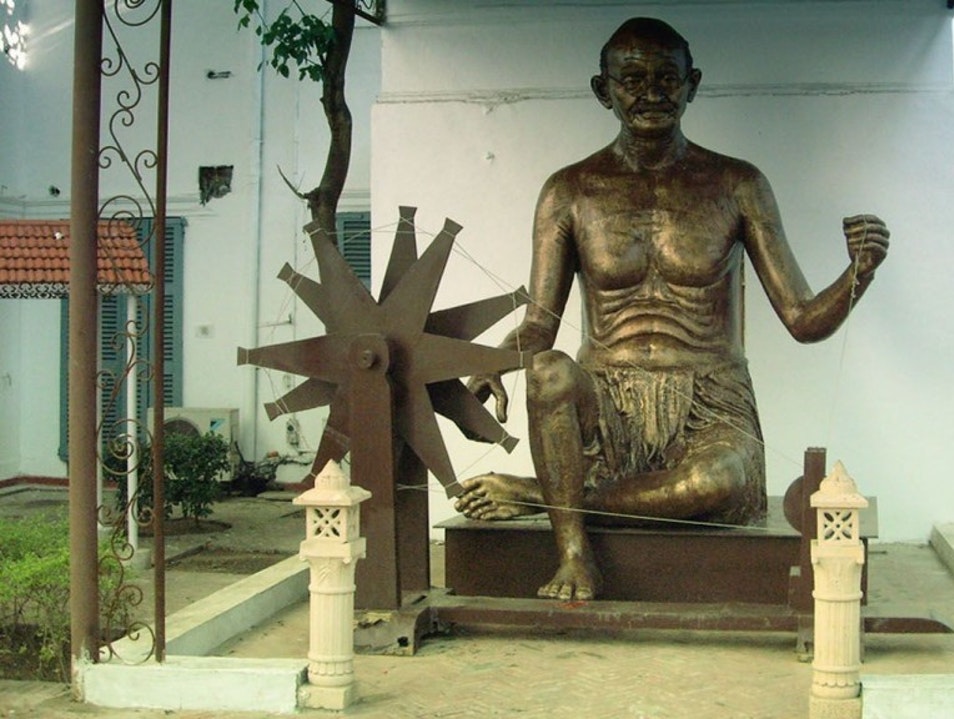
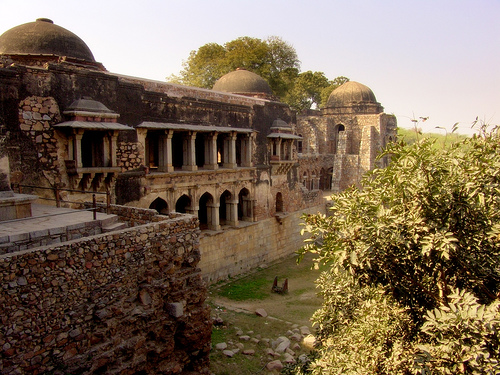
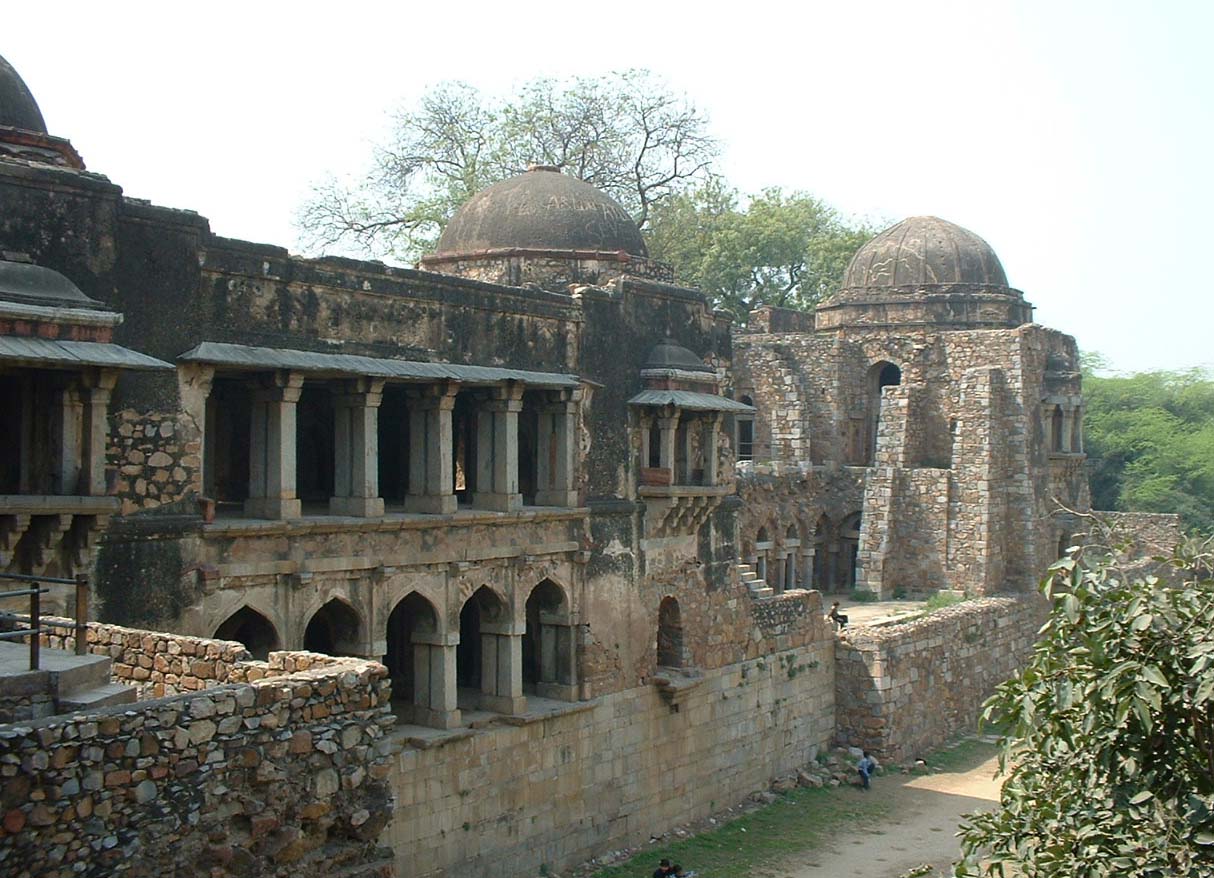
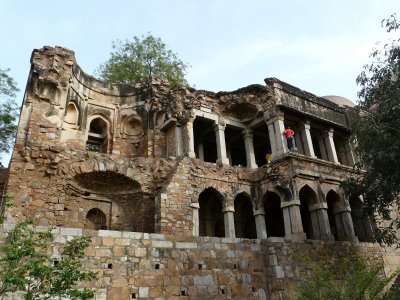
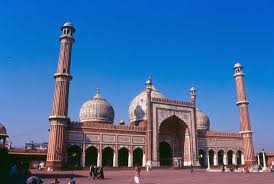
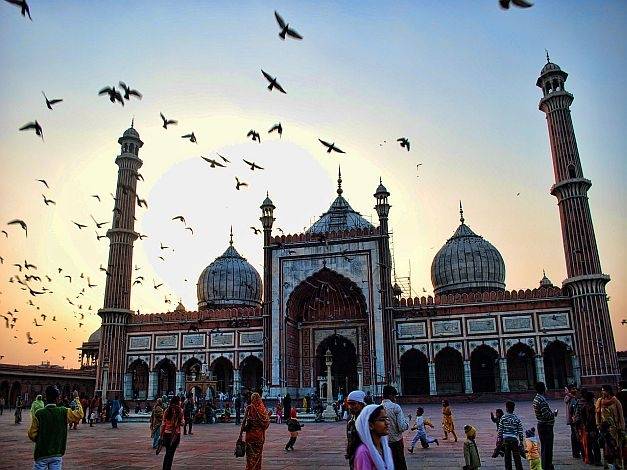
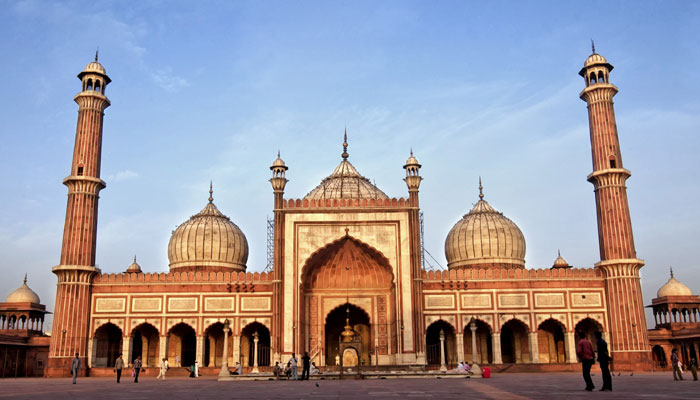
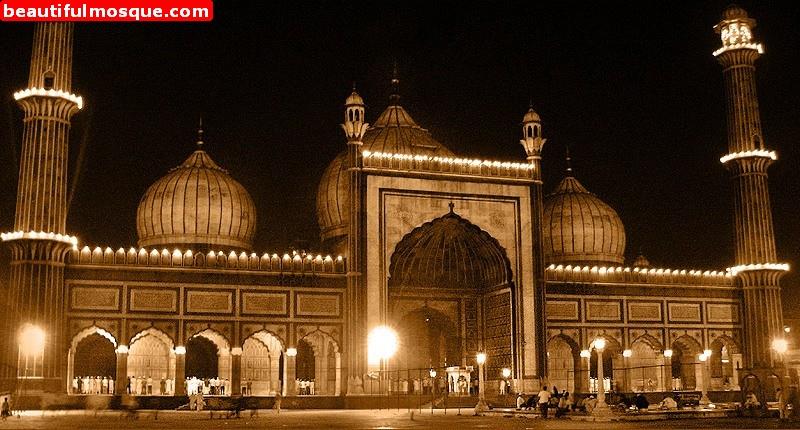
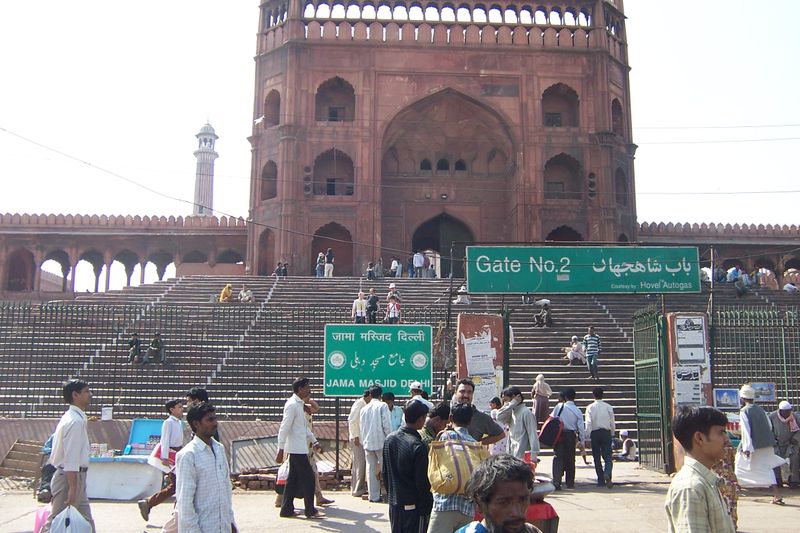
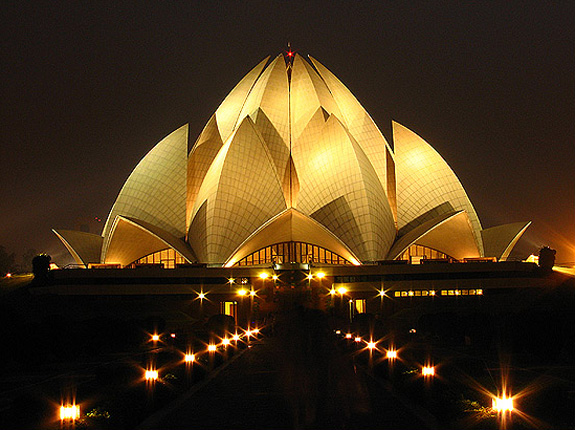
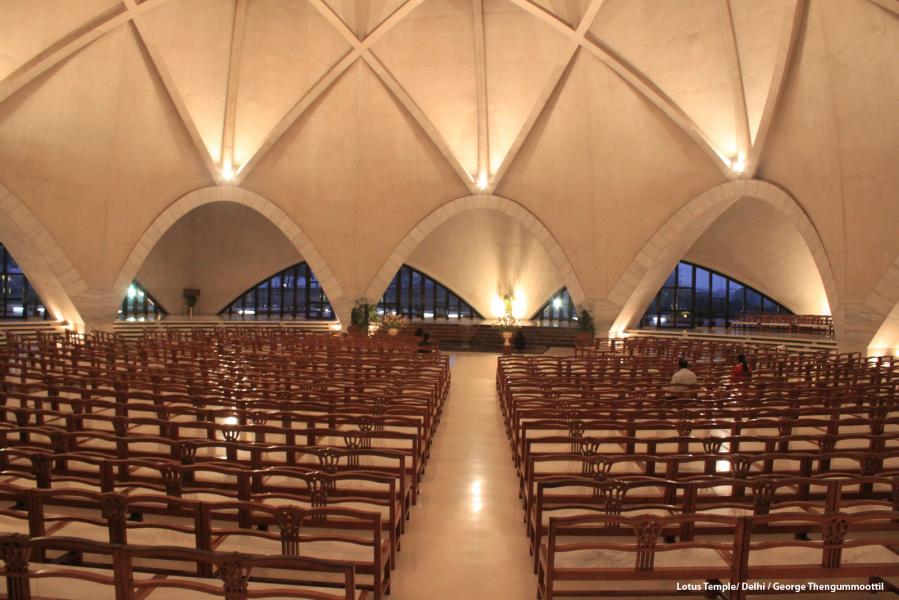
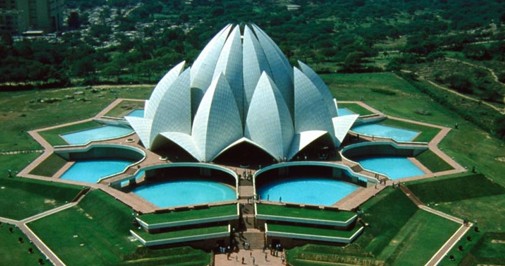
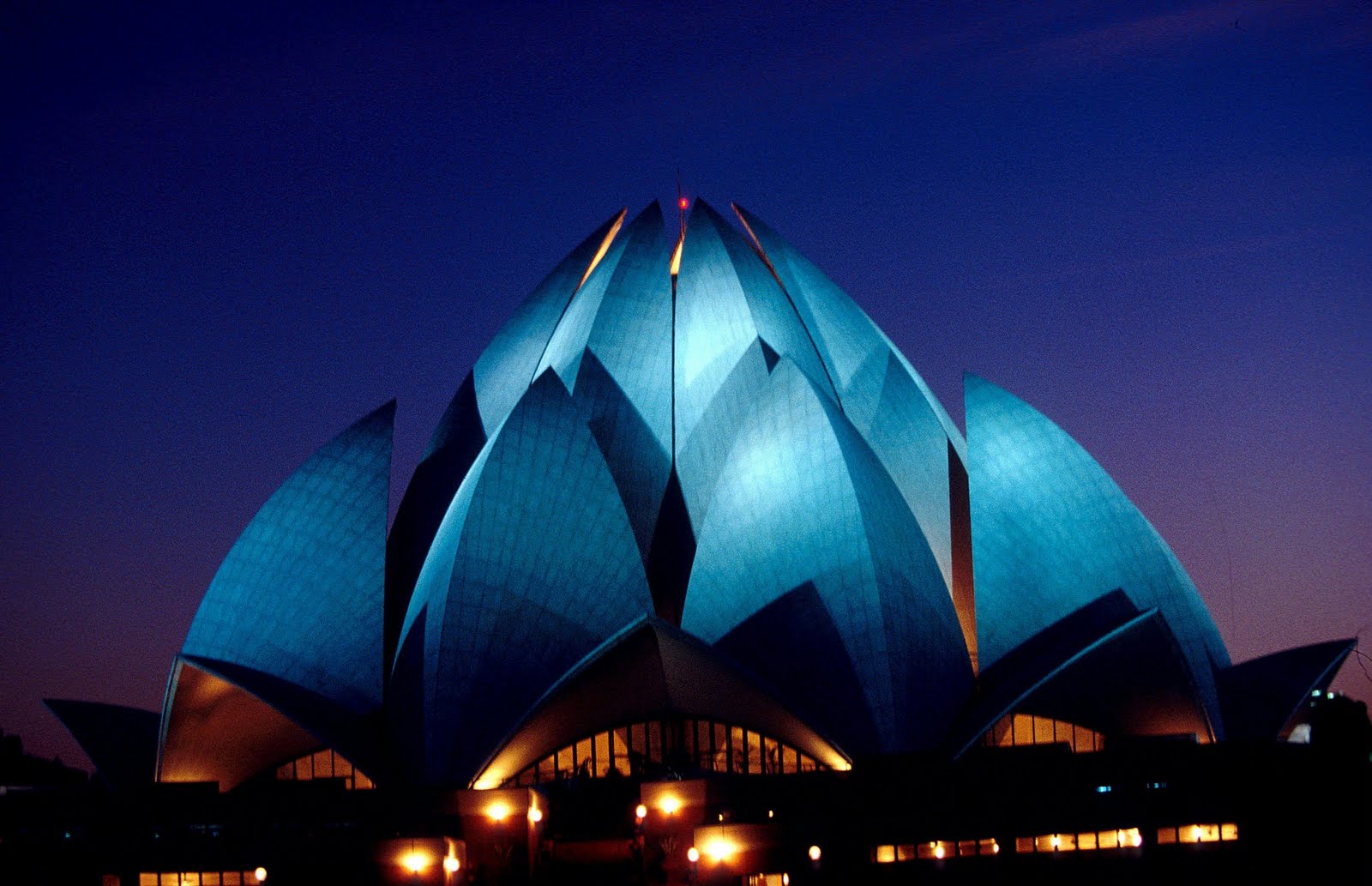
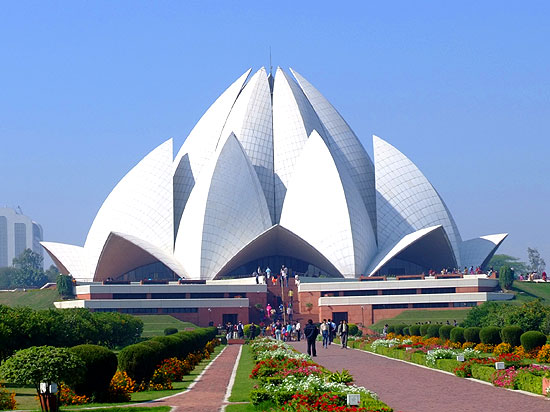
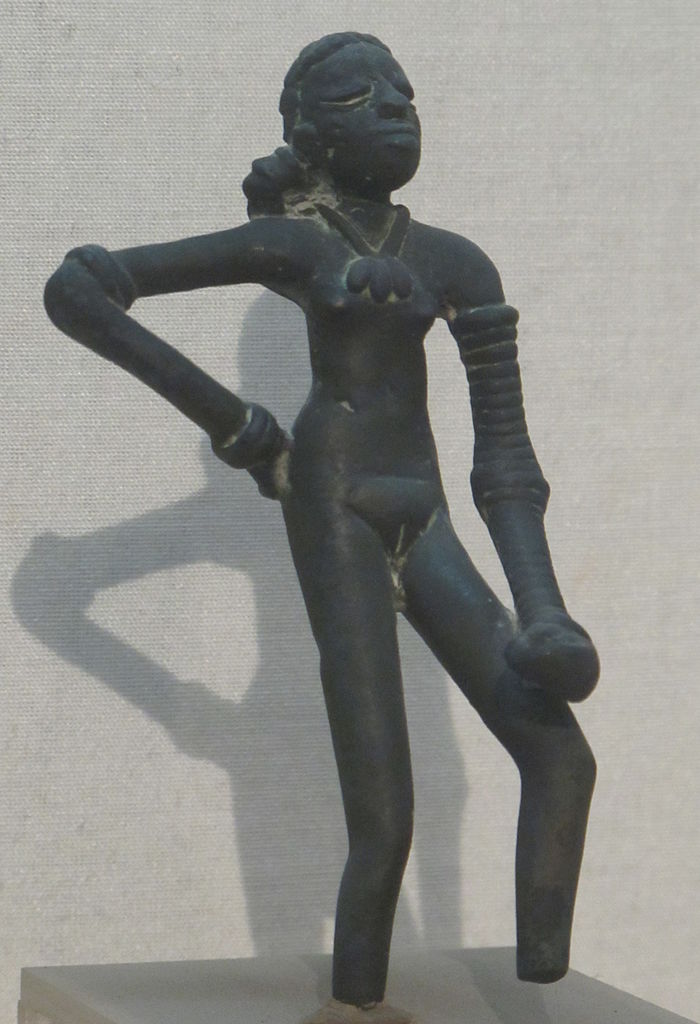

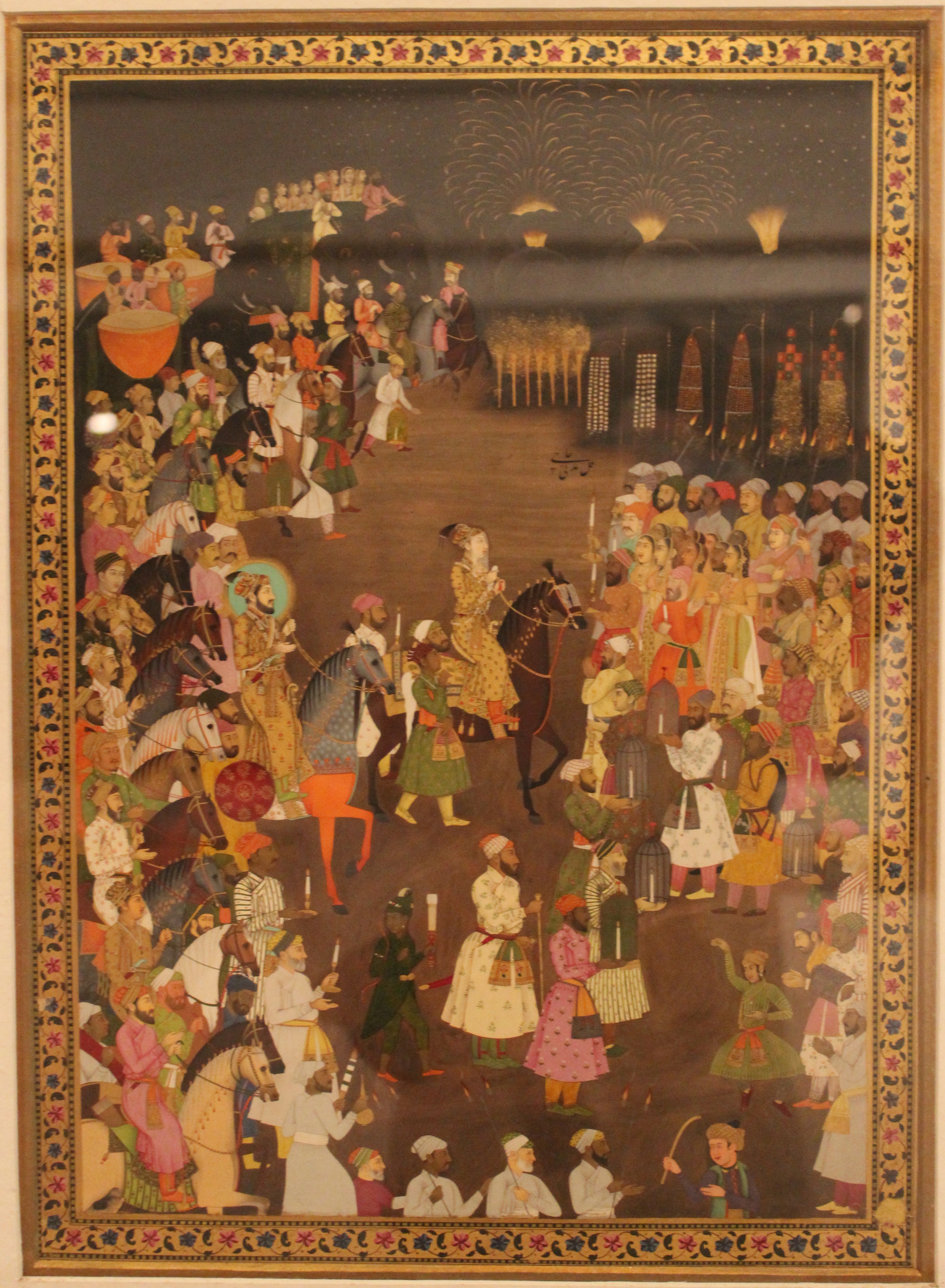

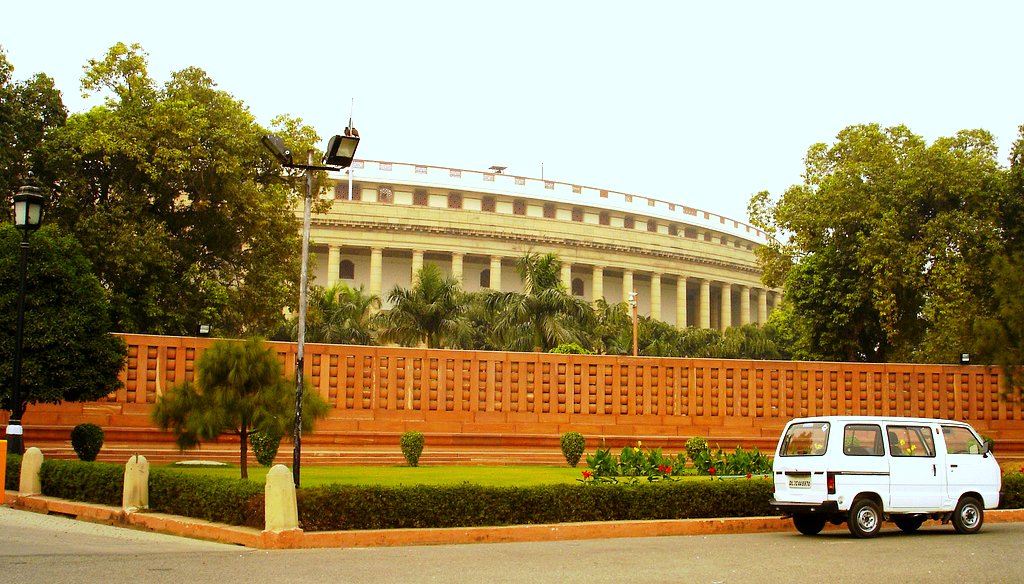
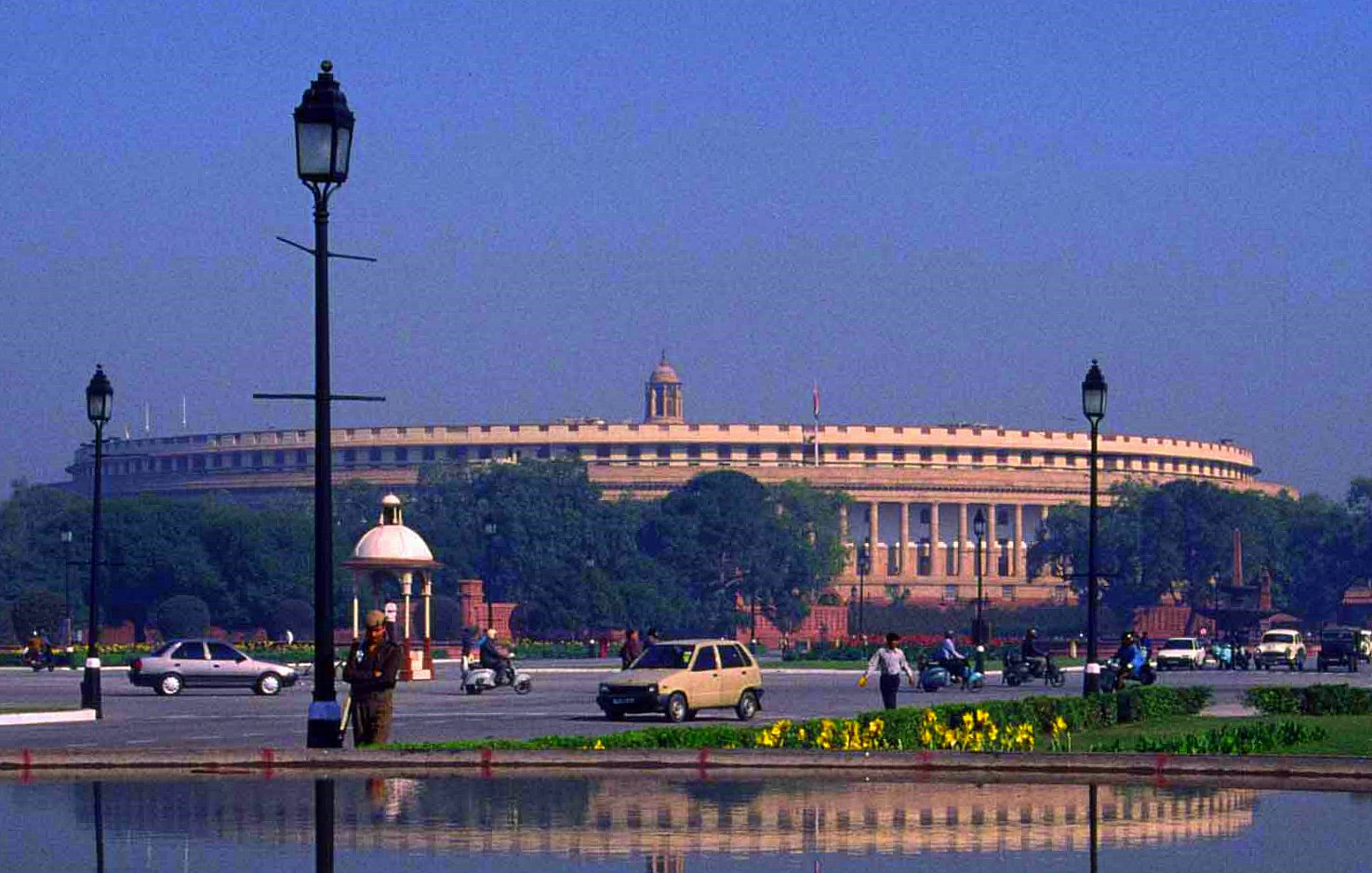
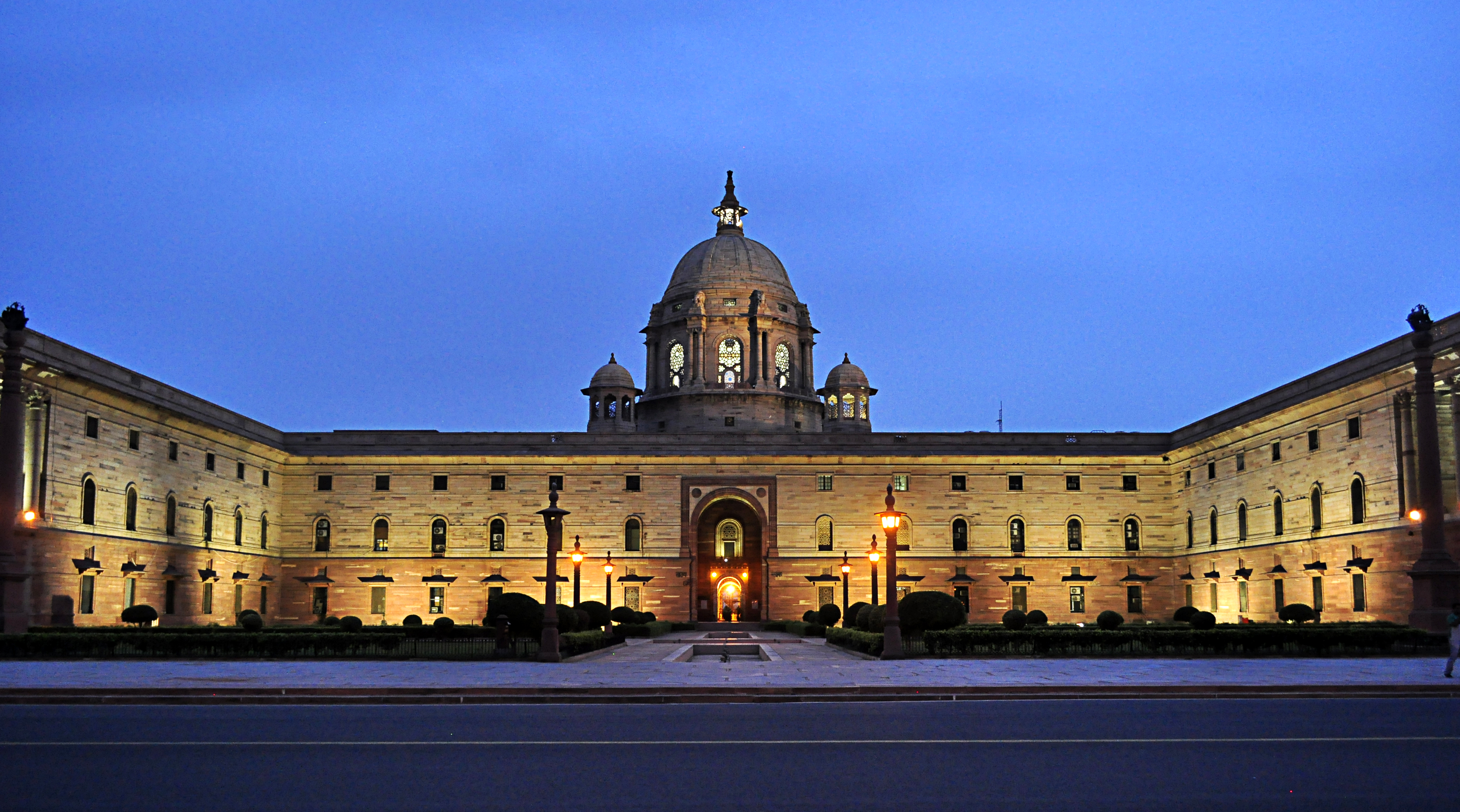
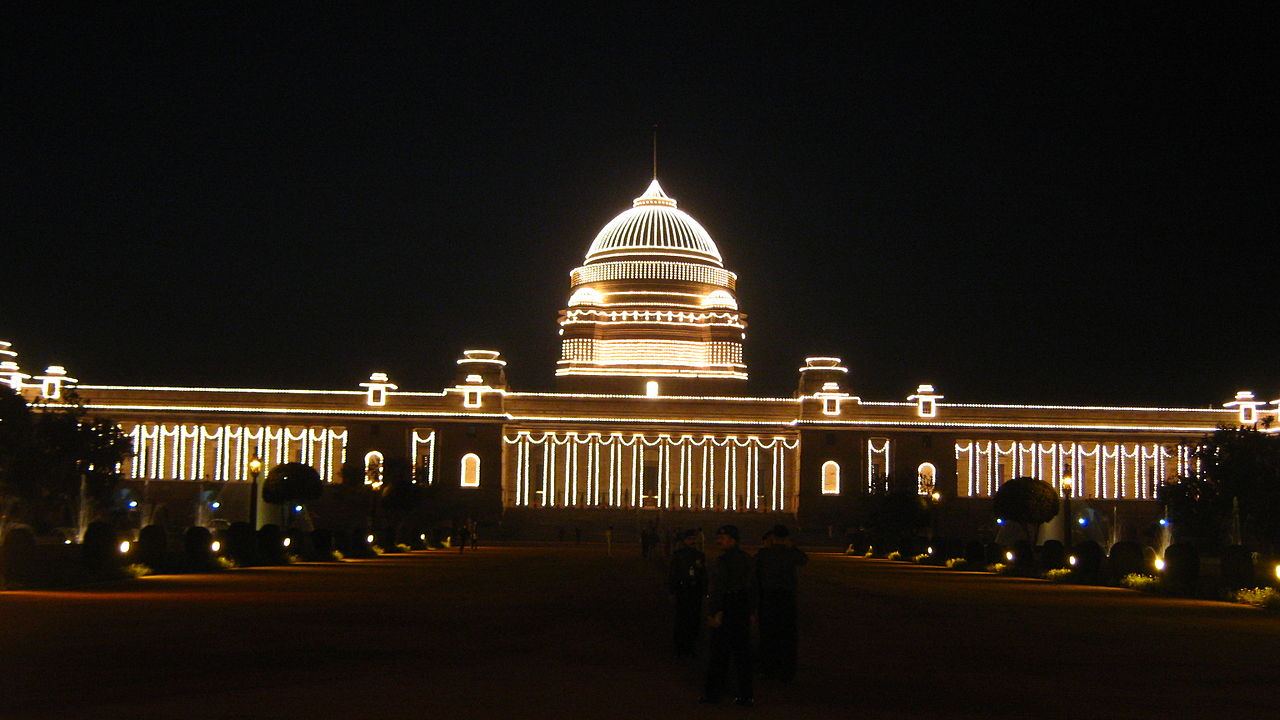
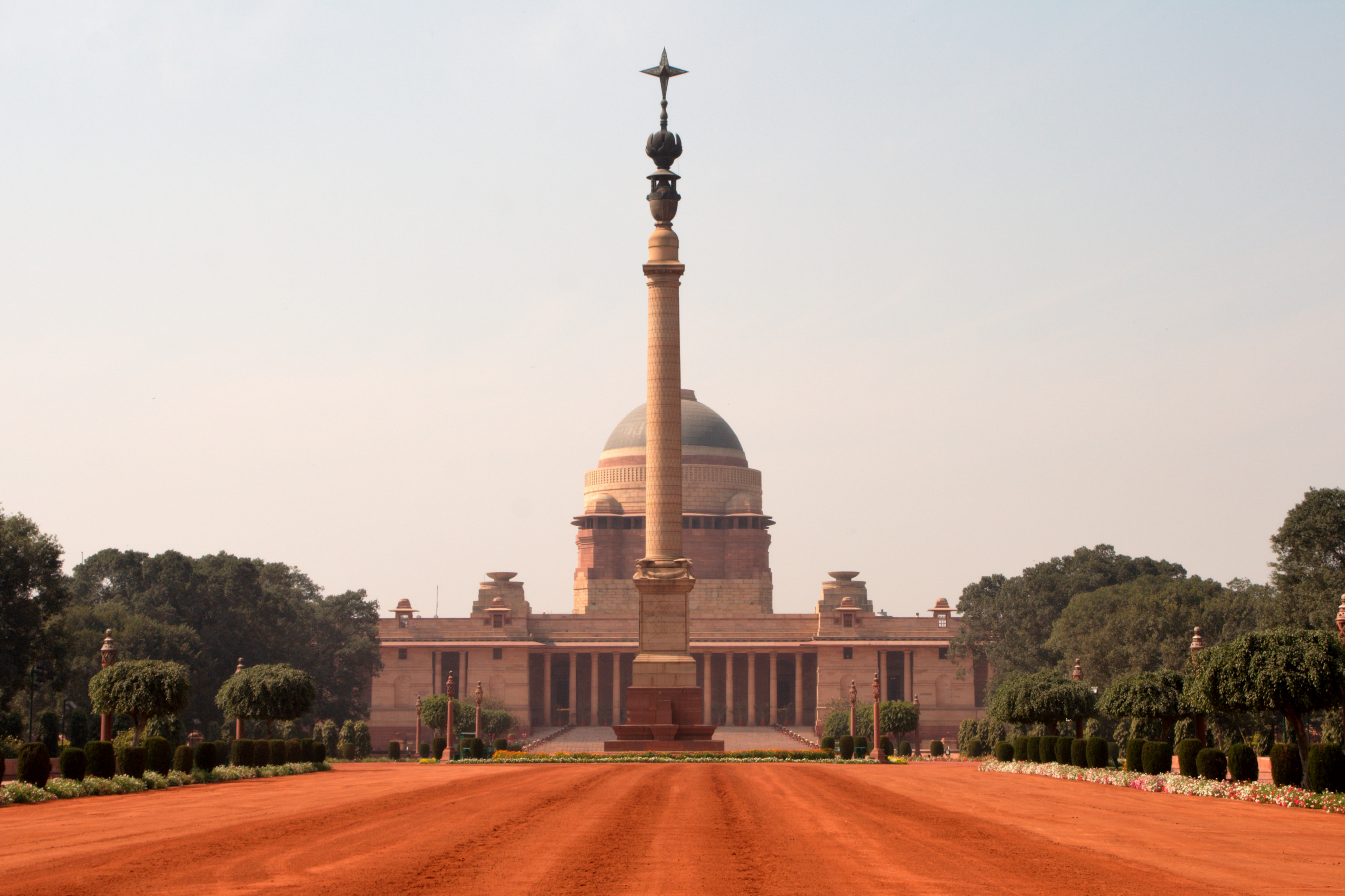
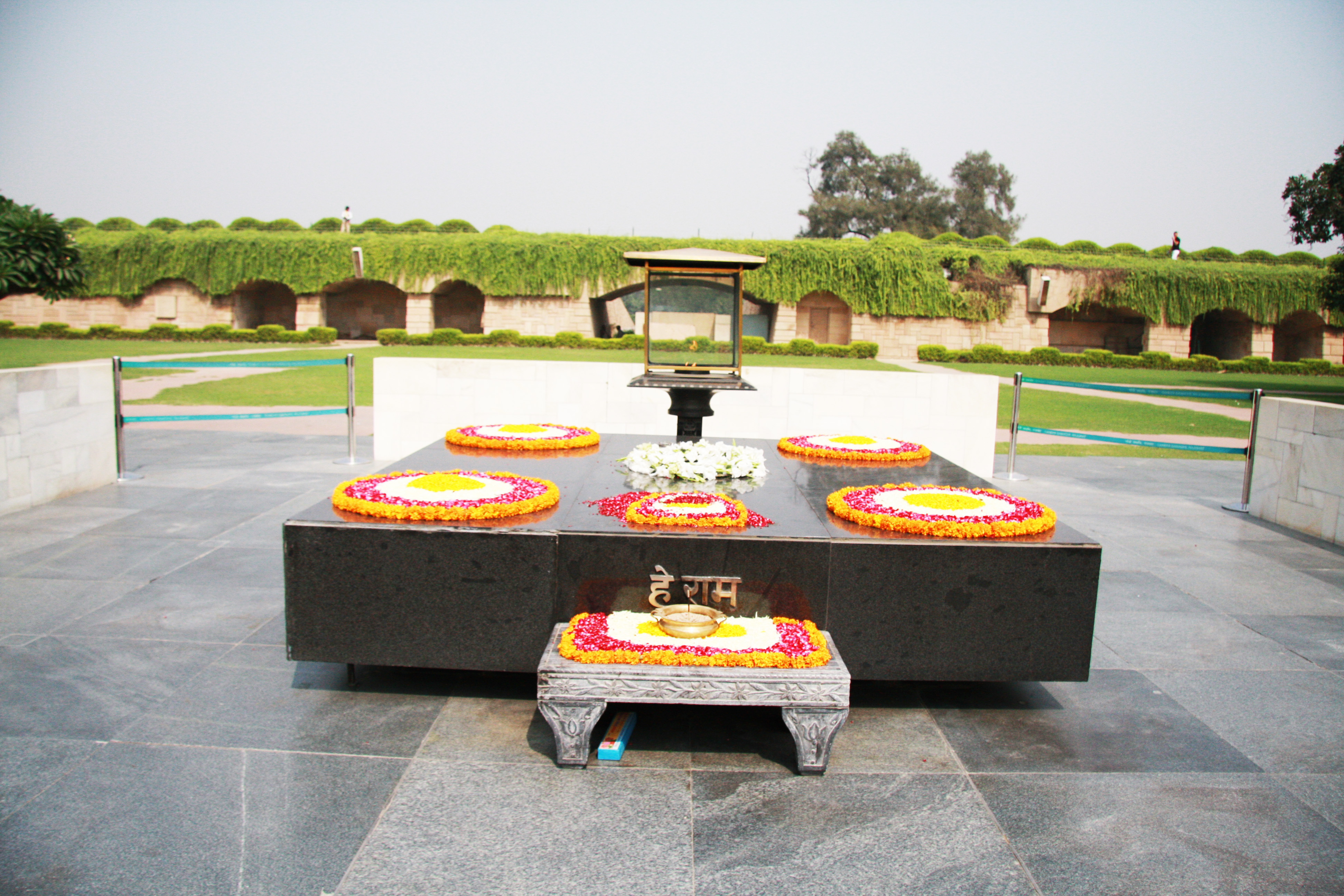
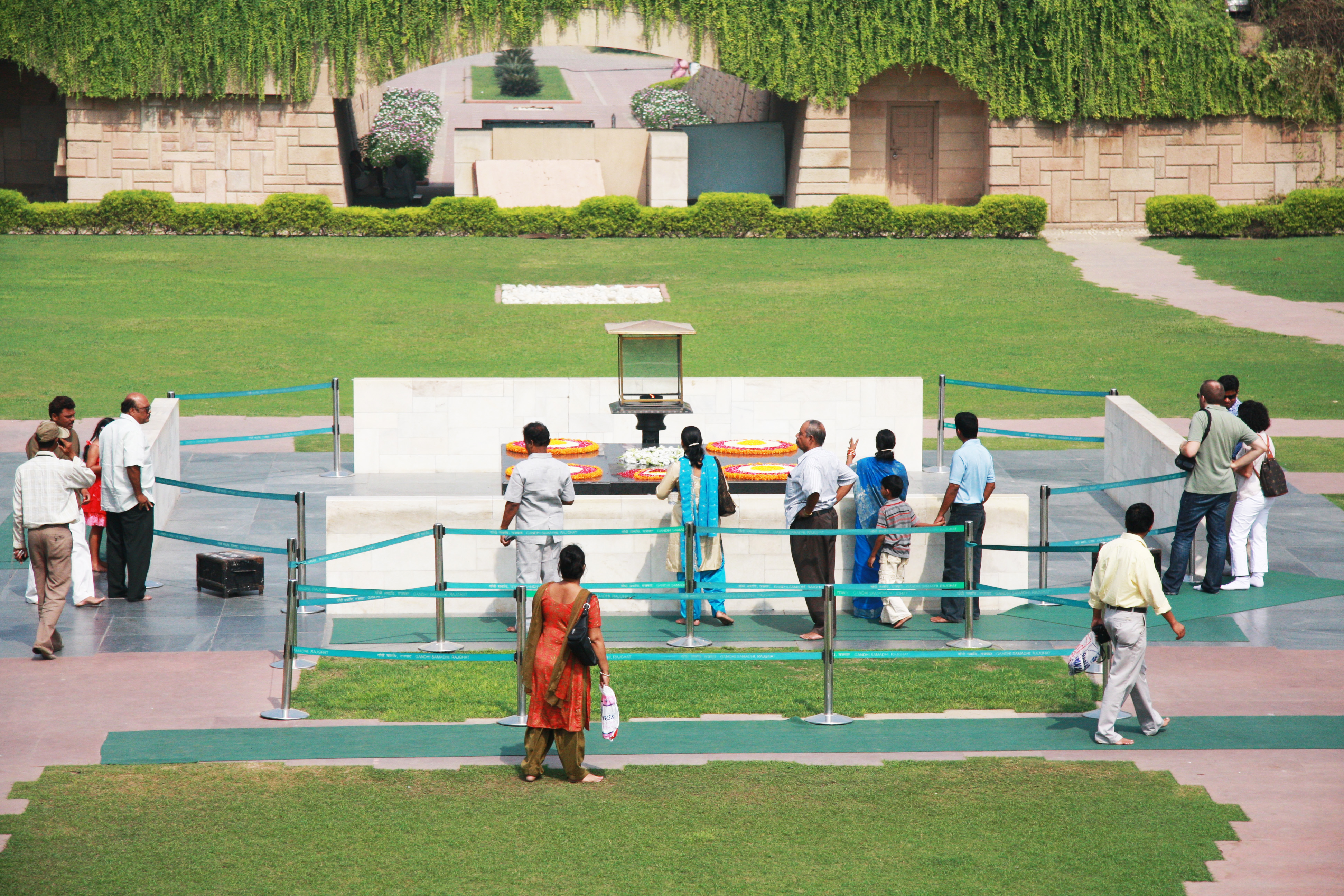
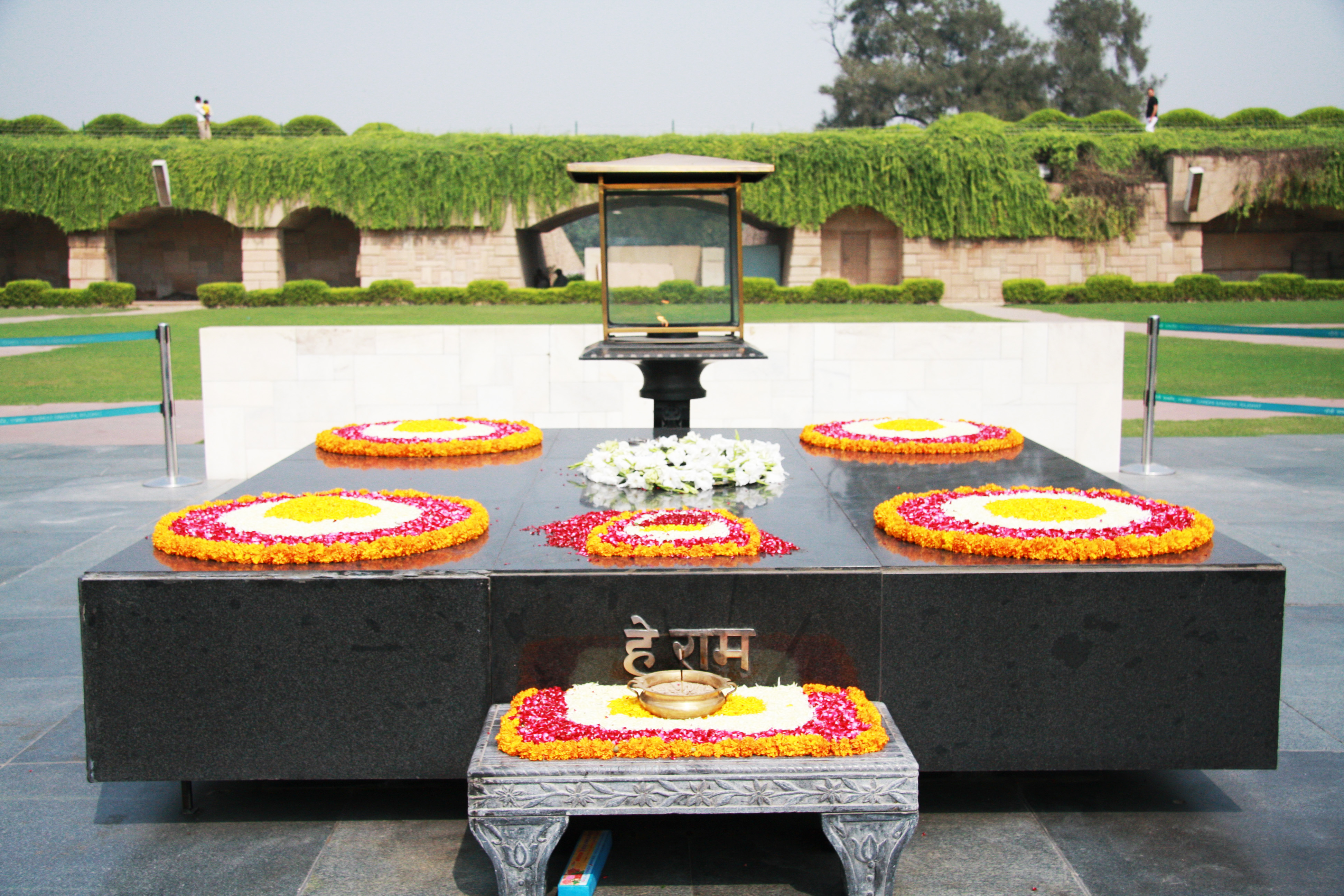
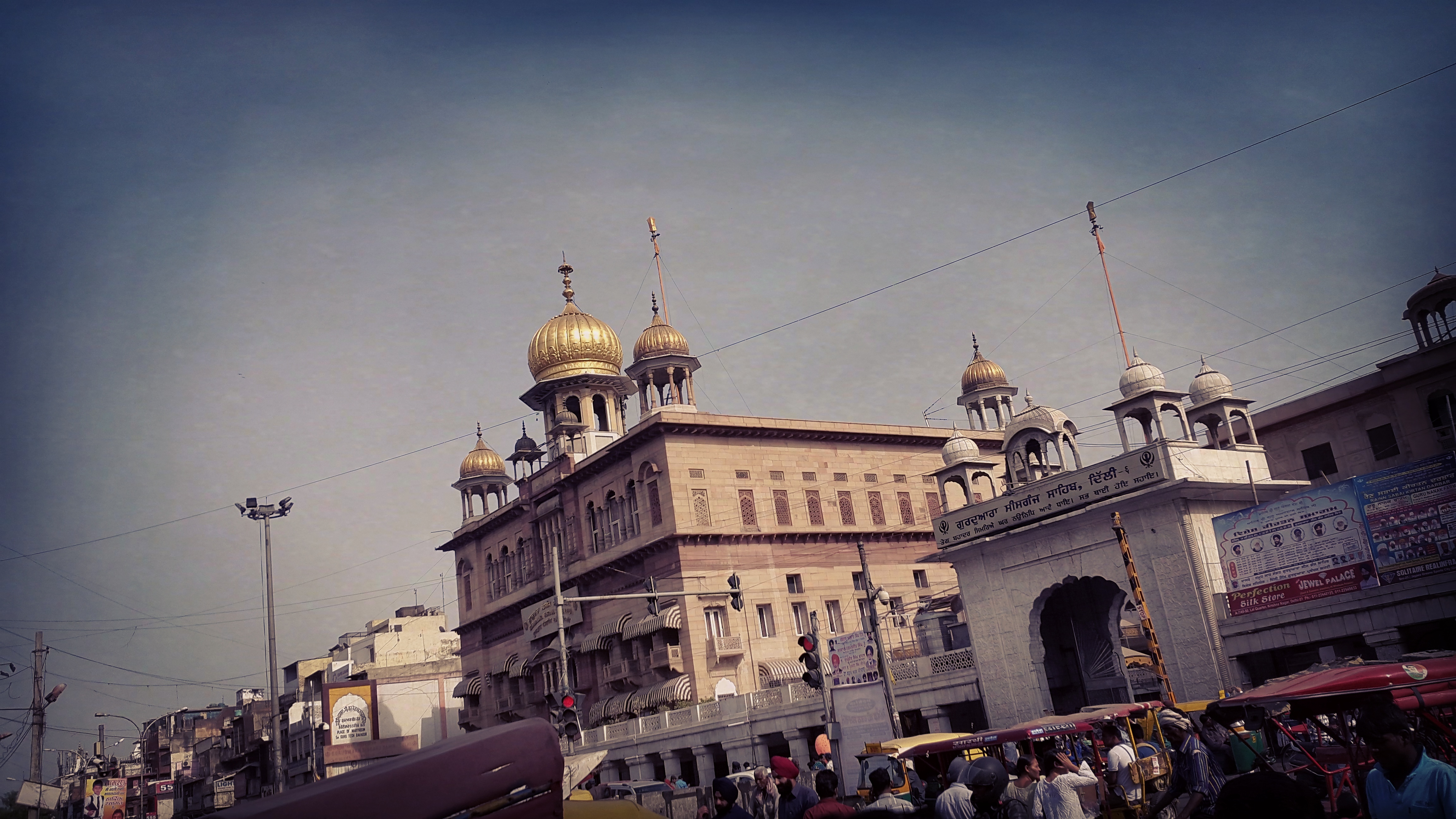
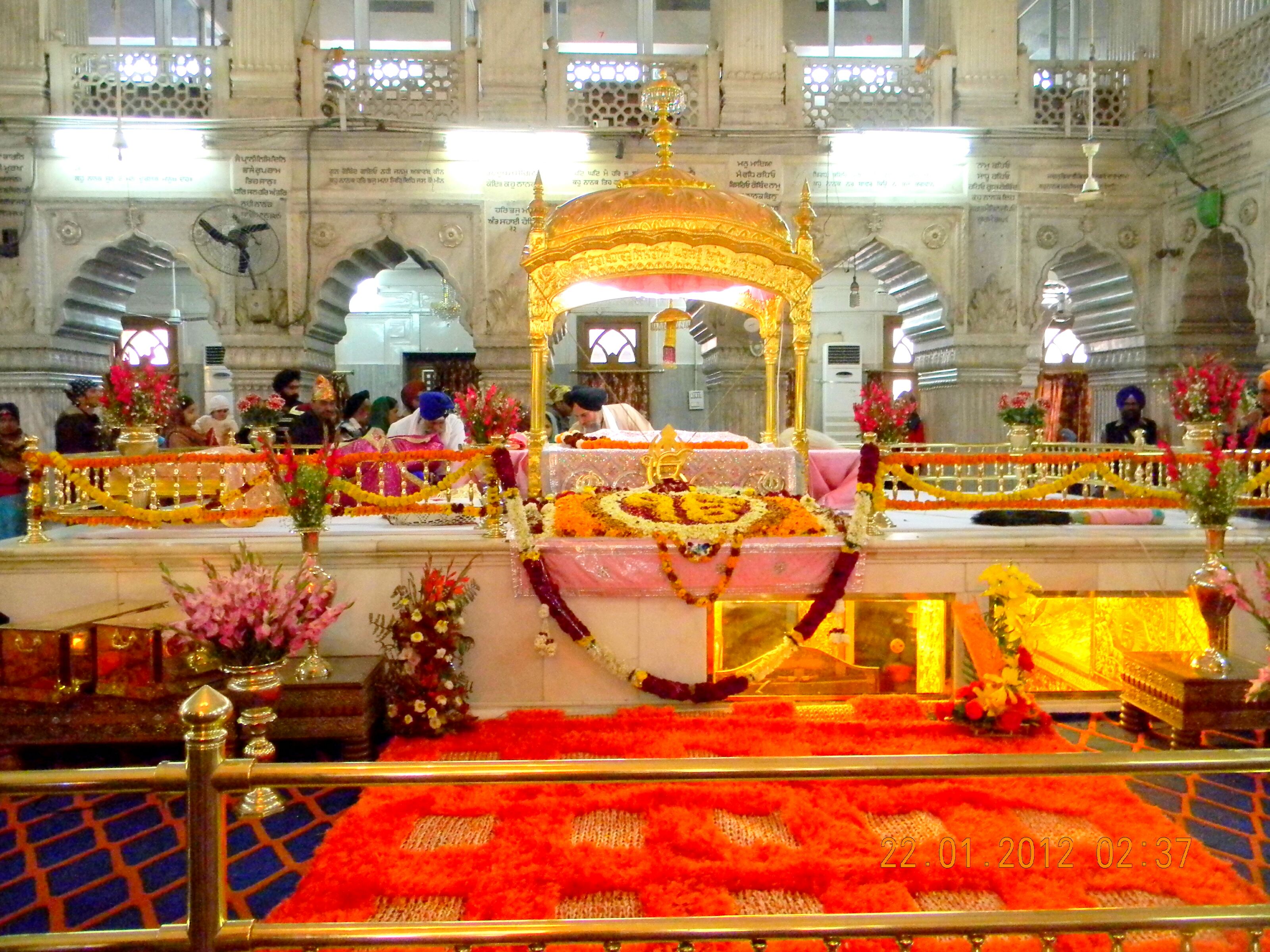
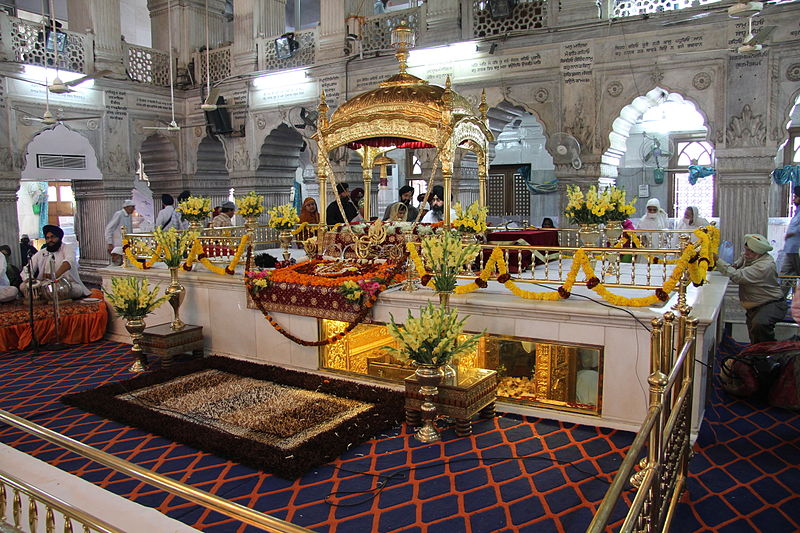
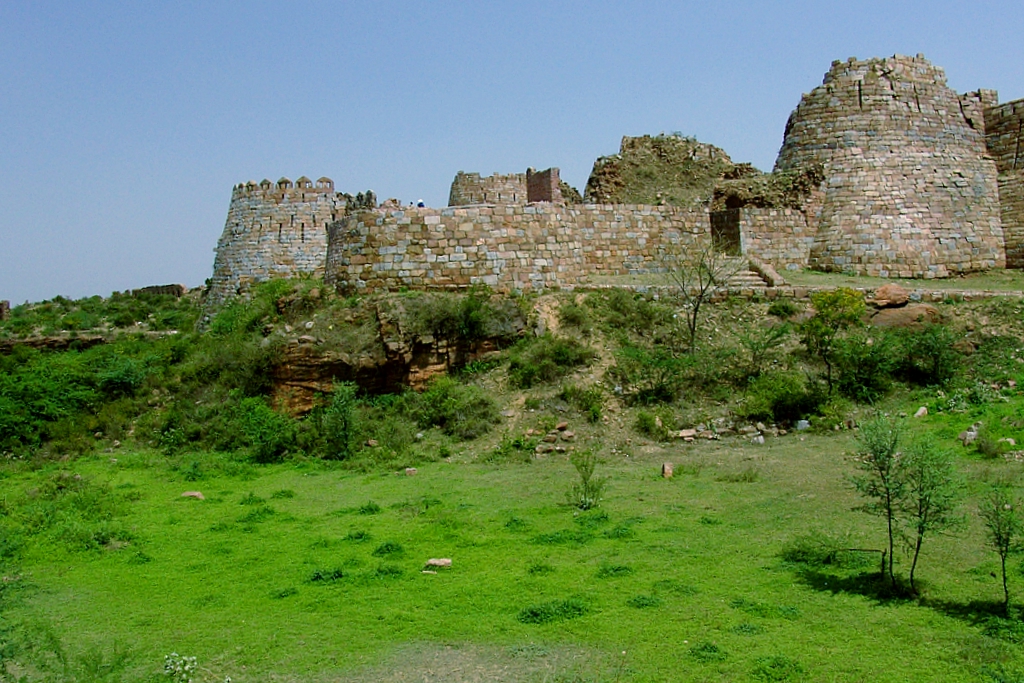
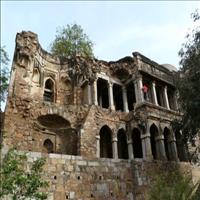 -
-